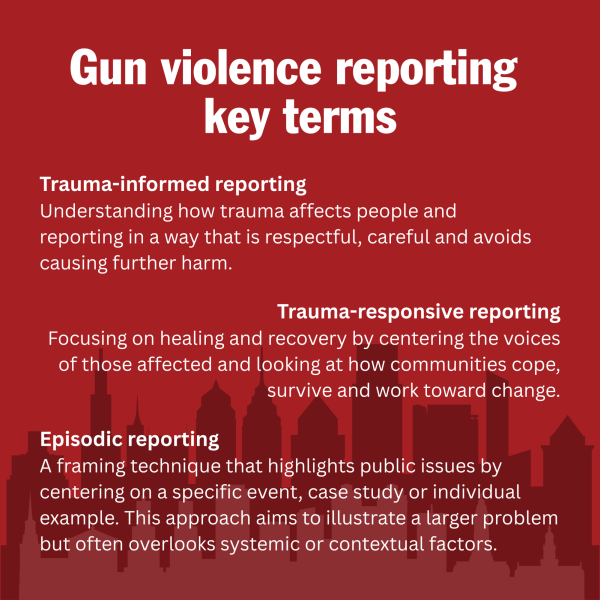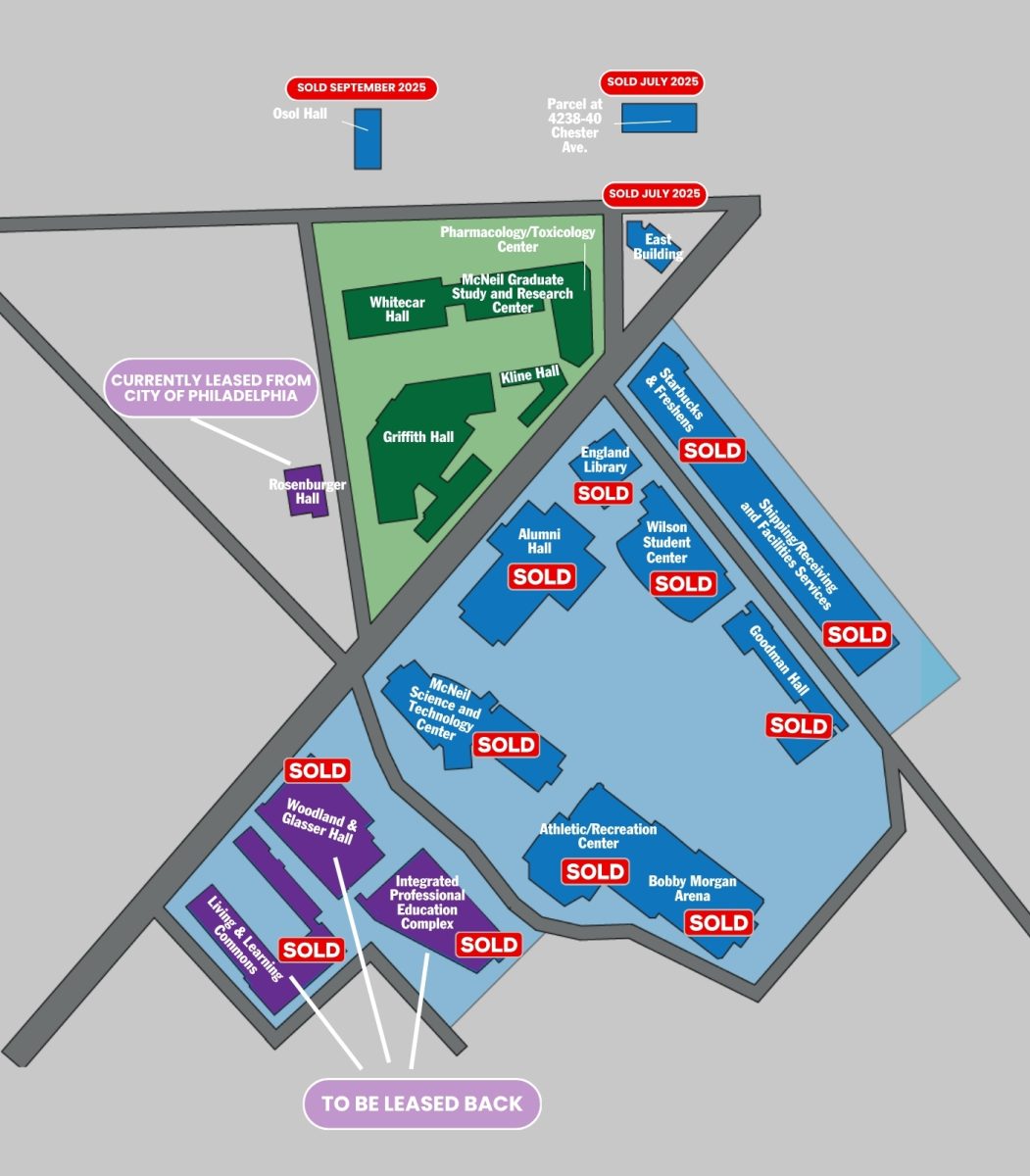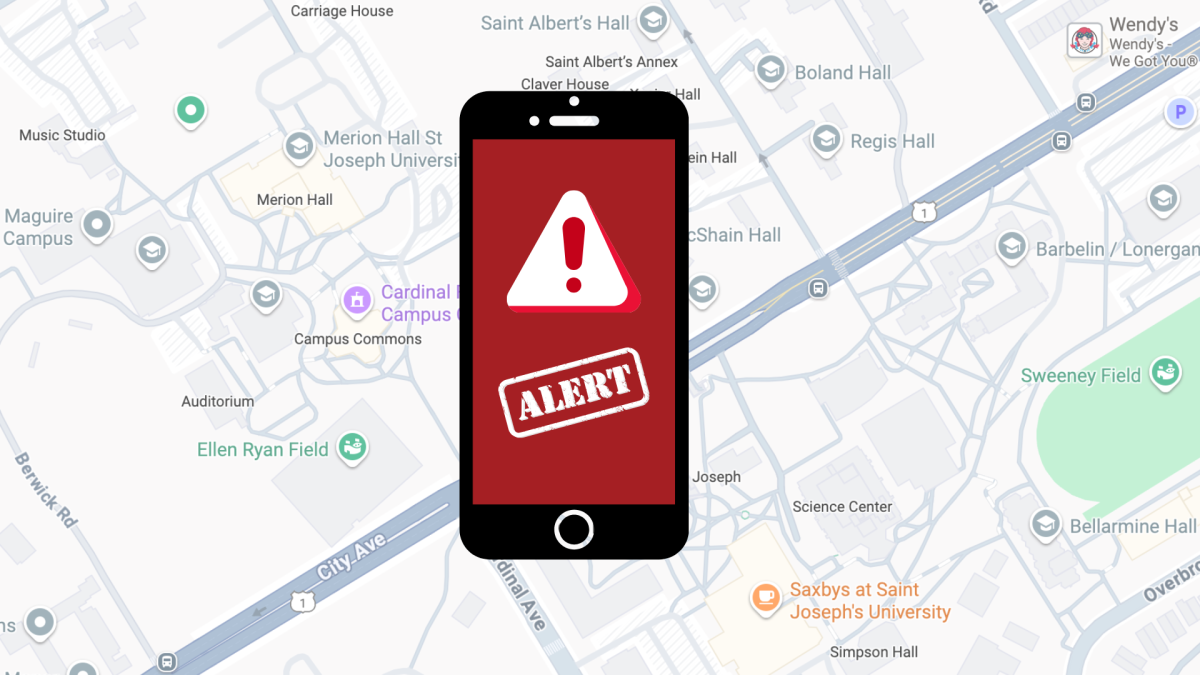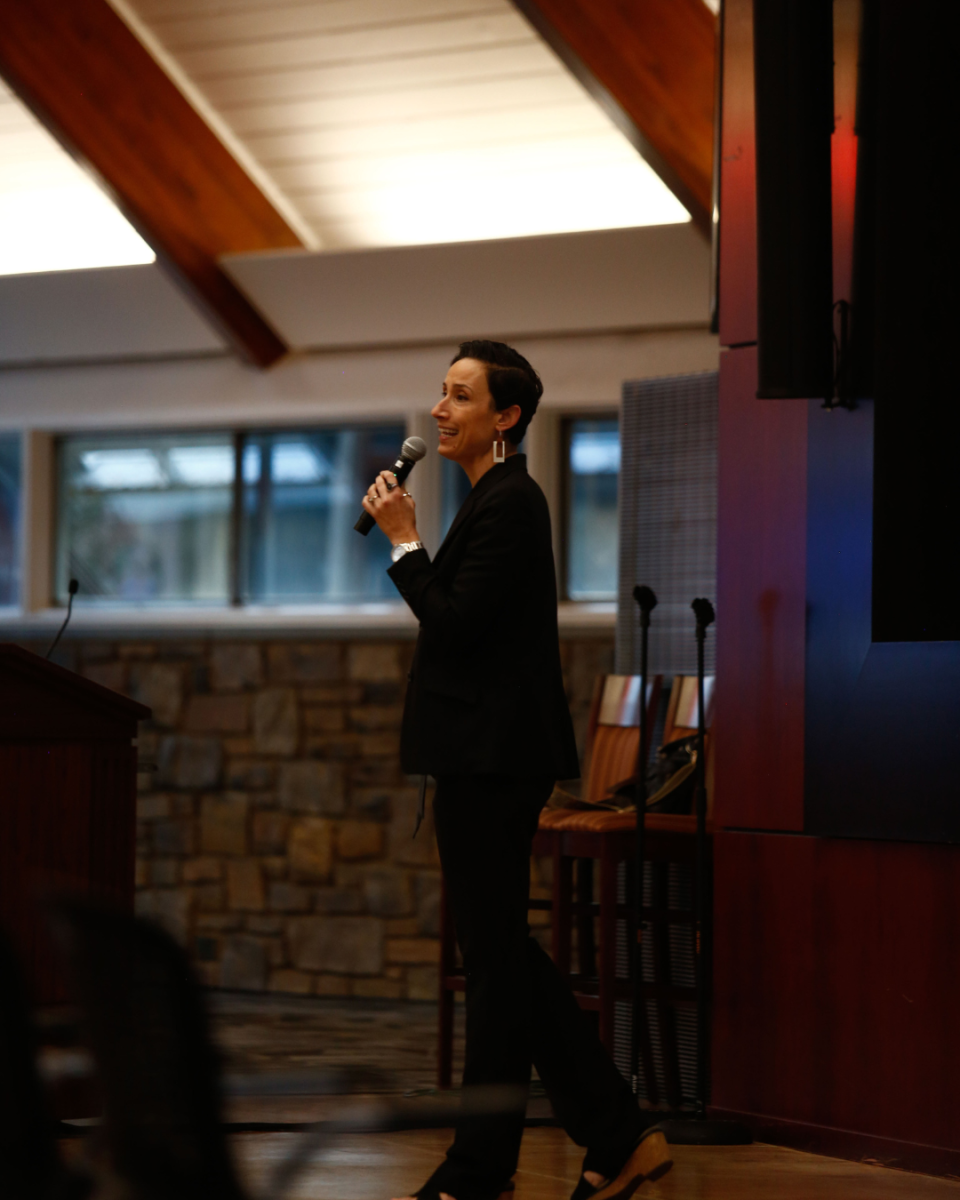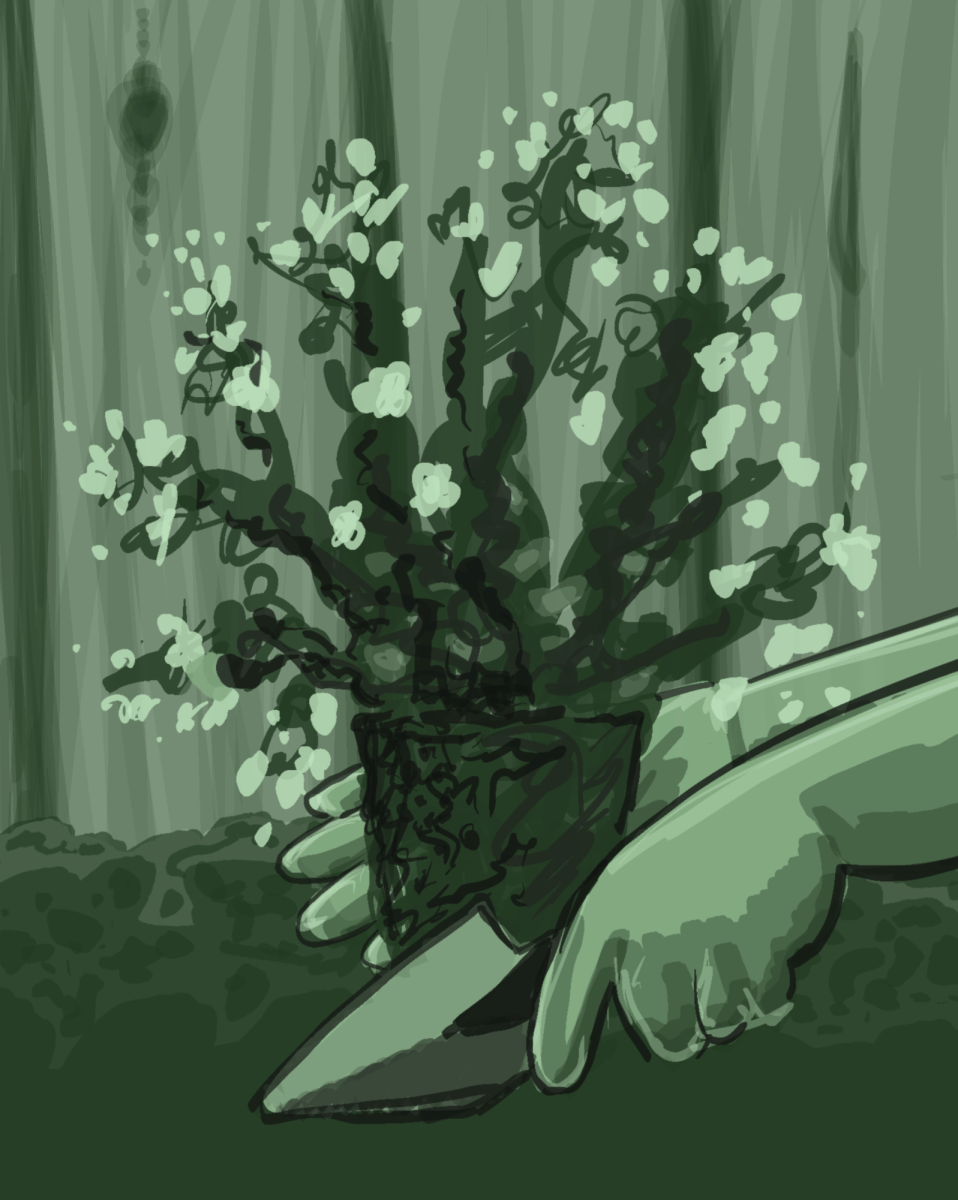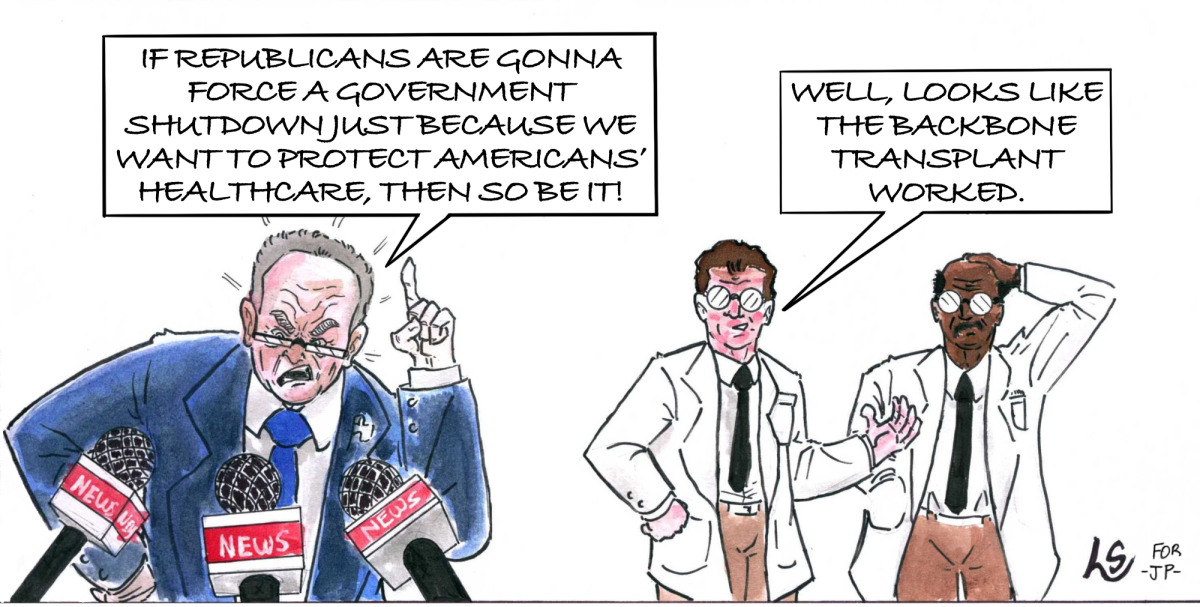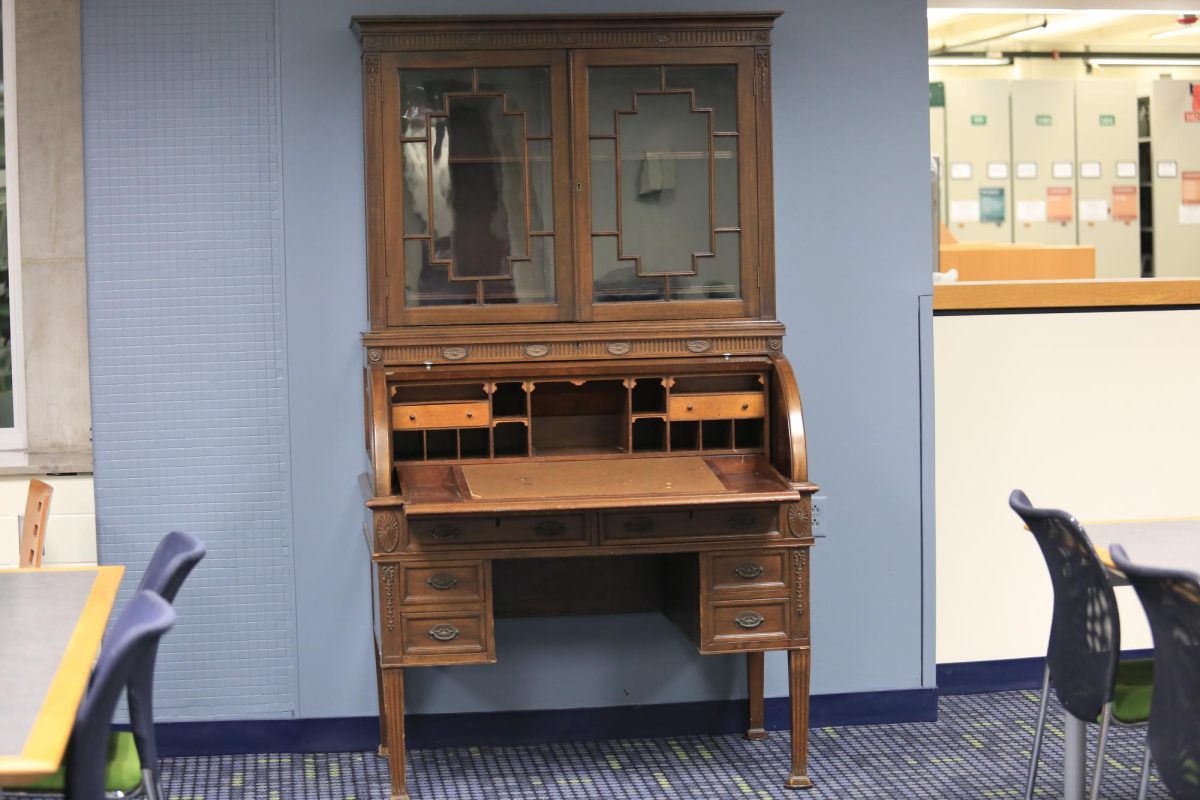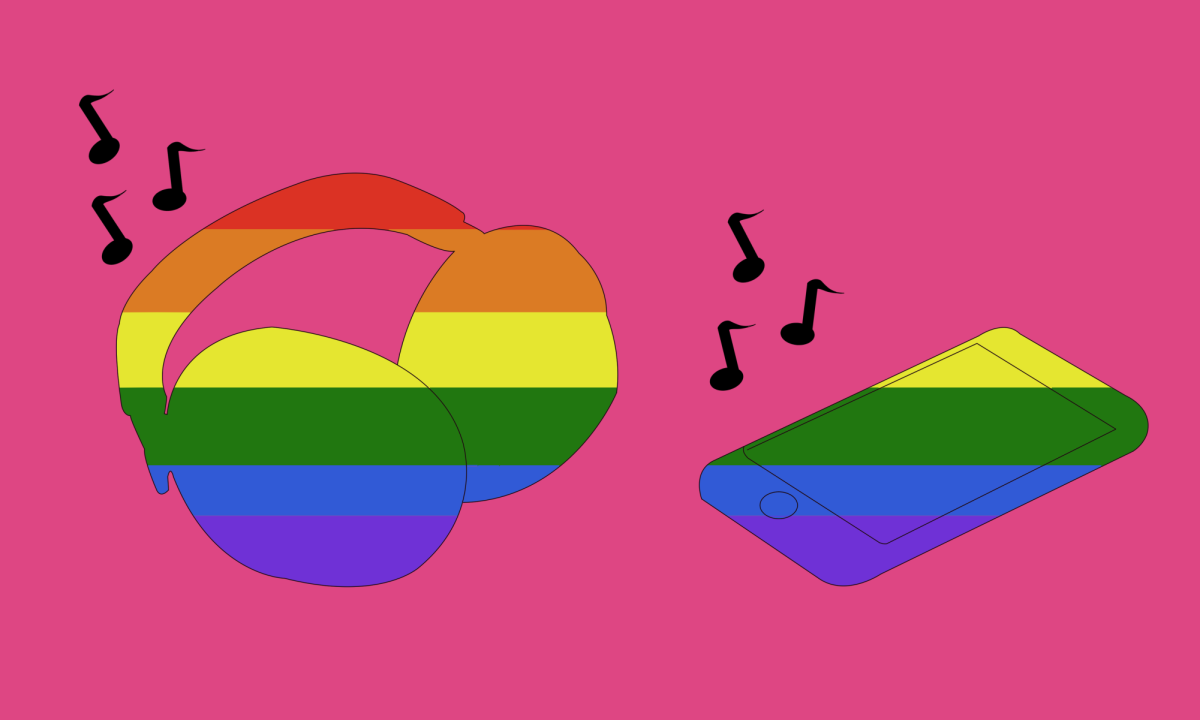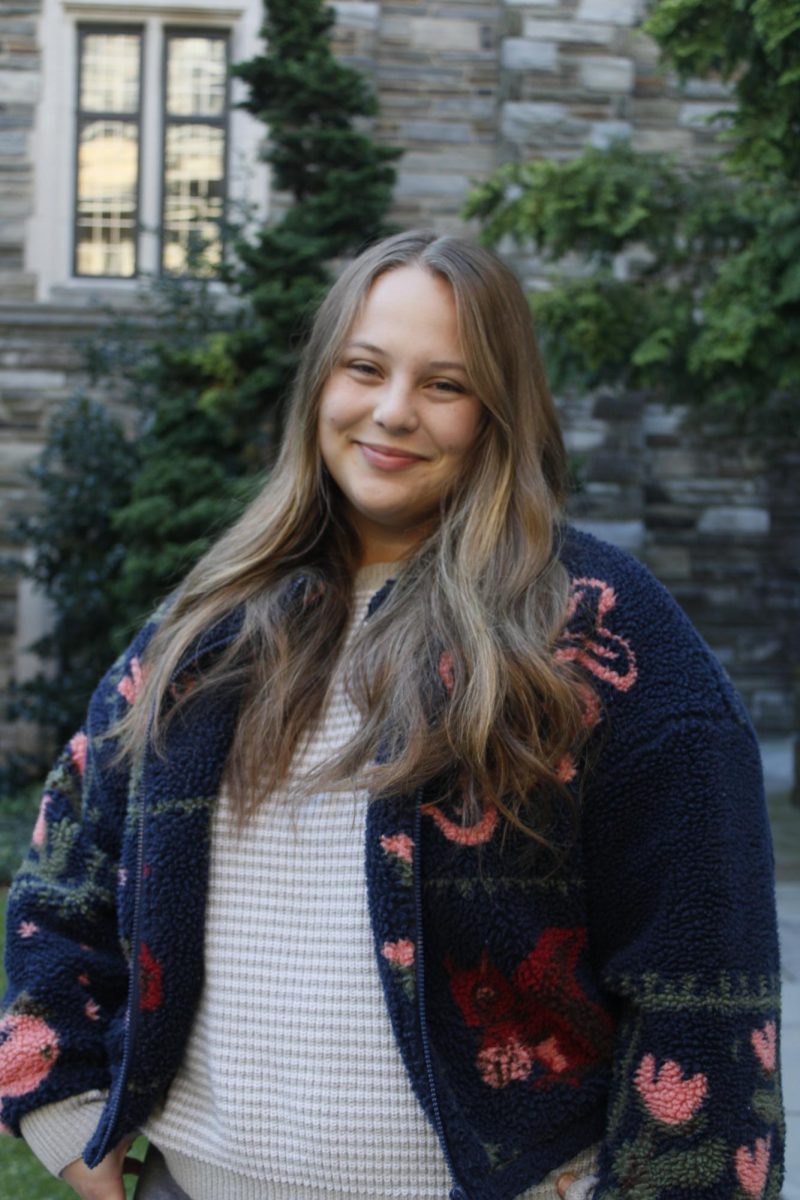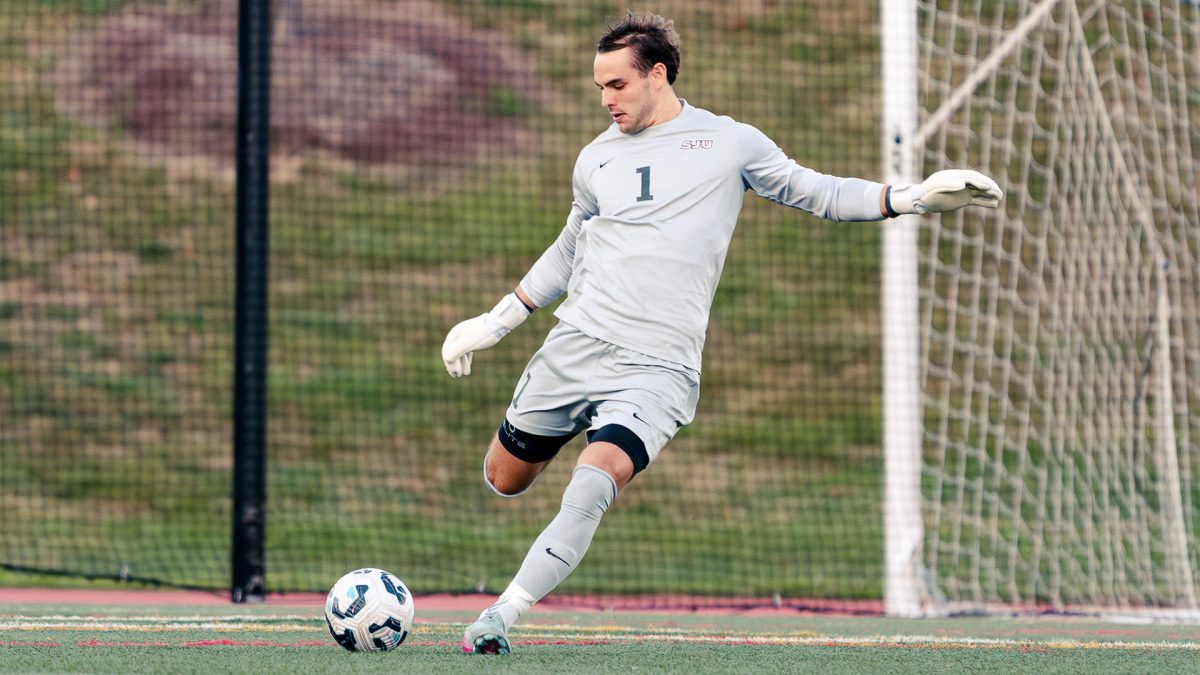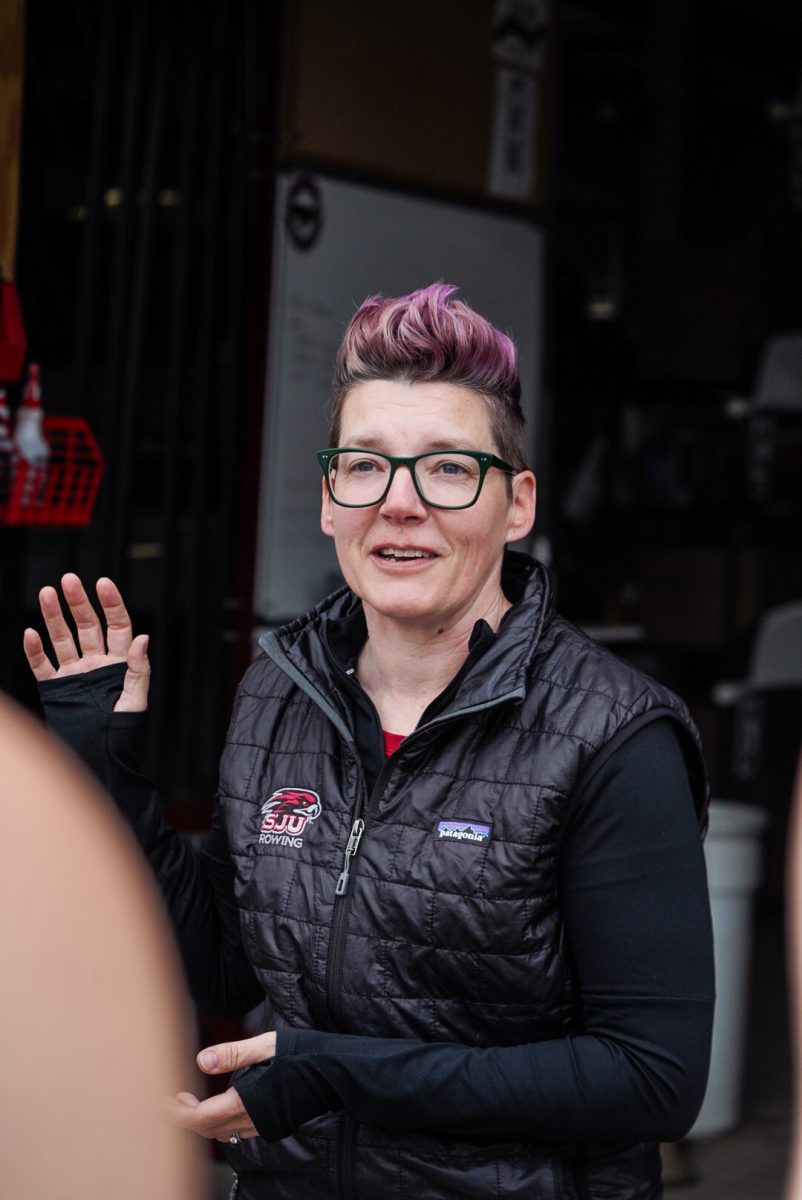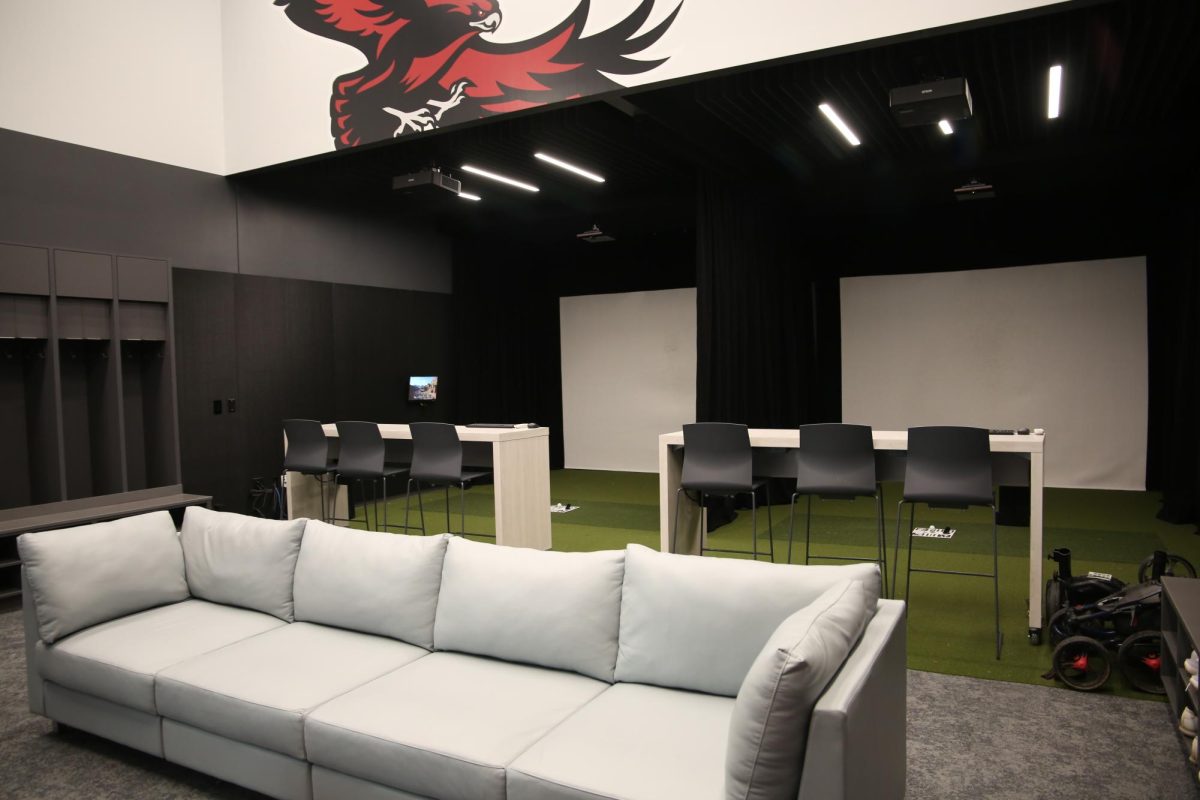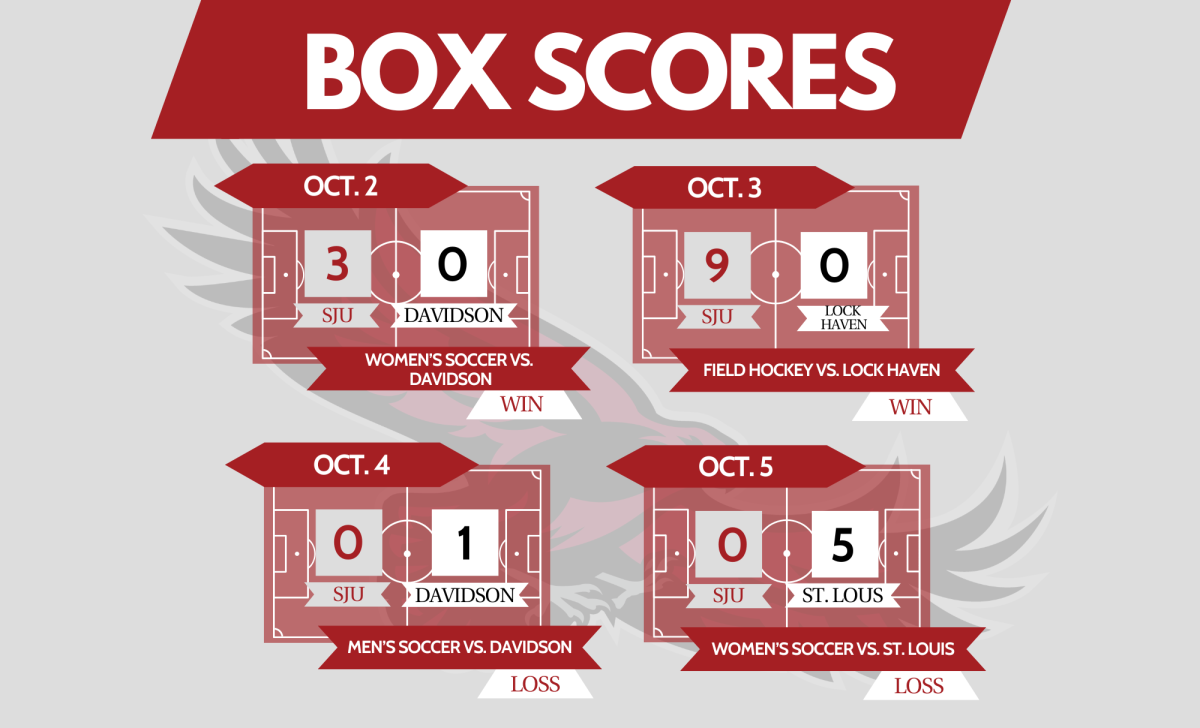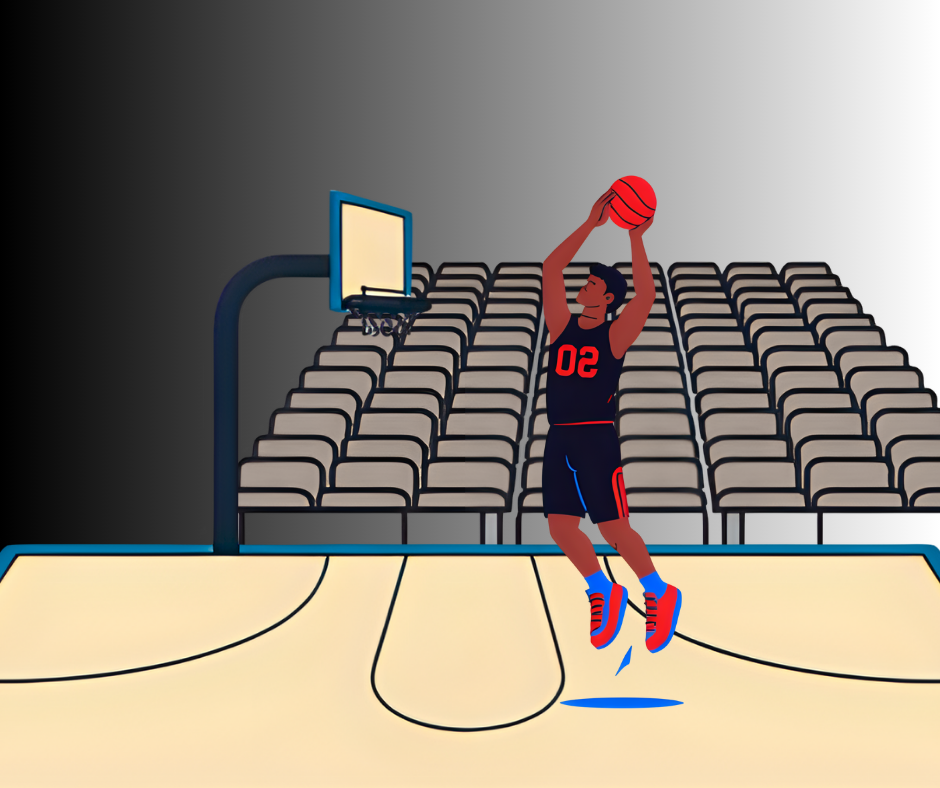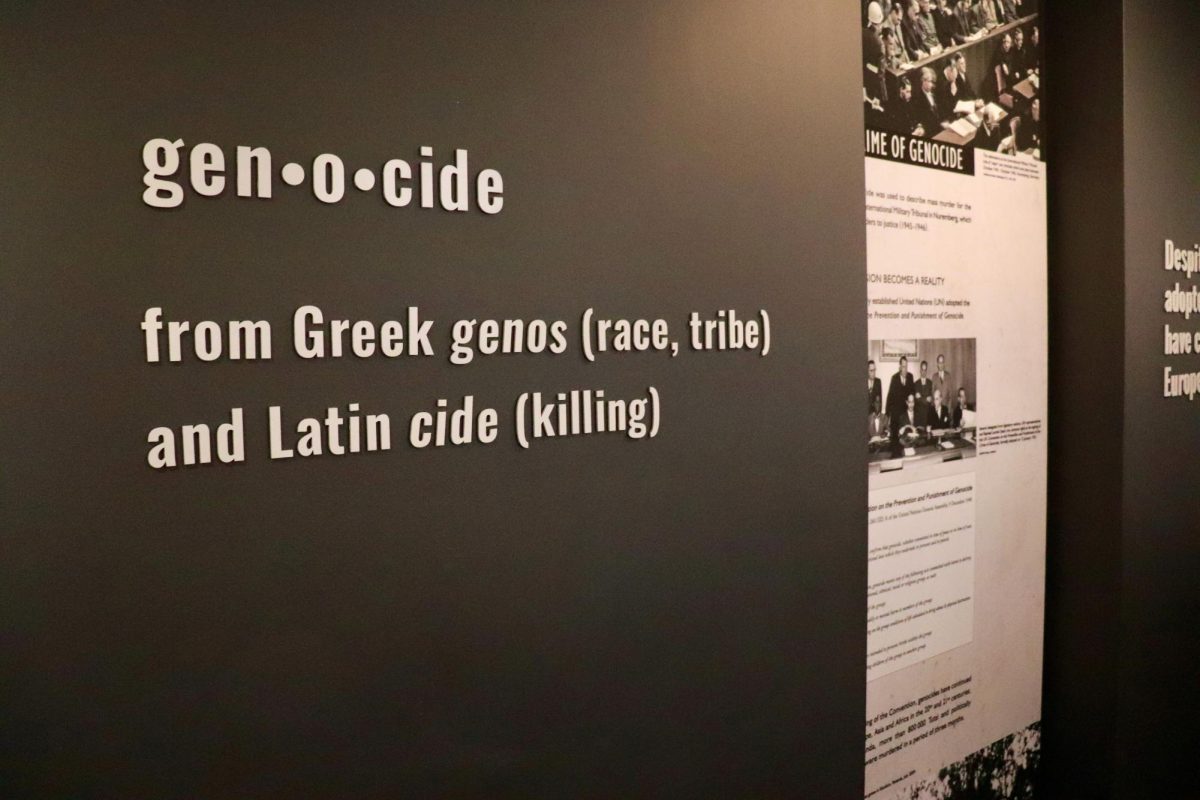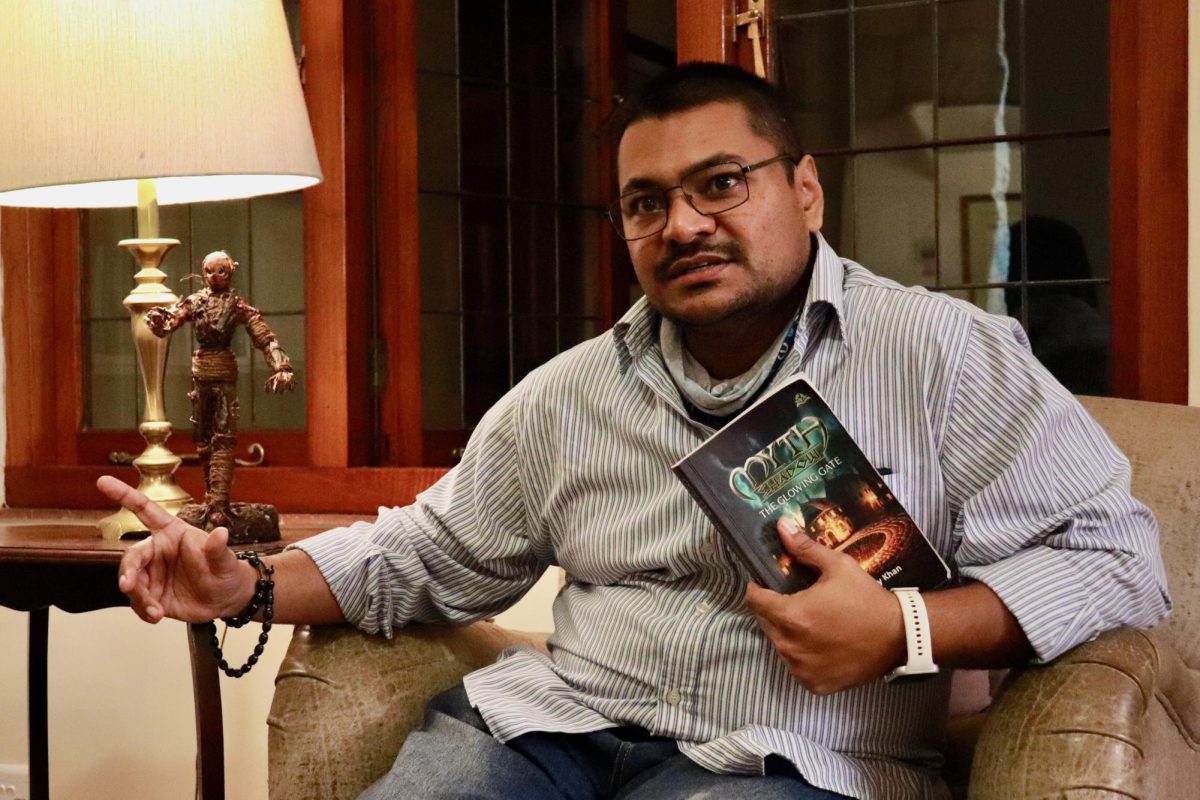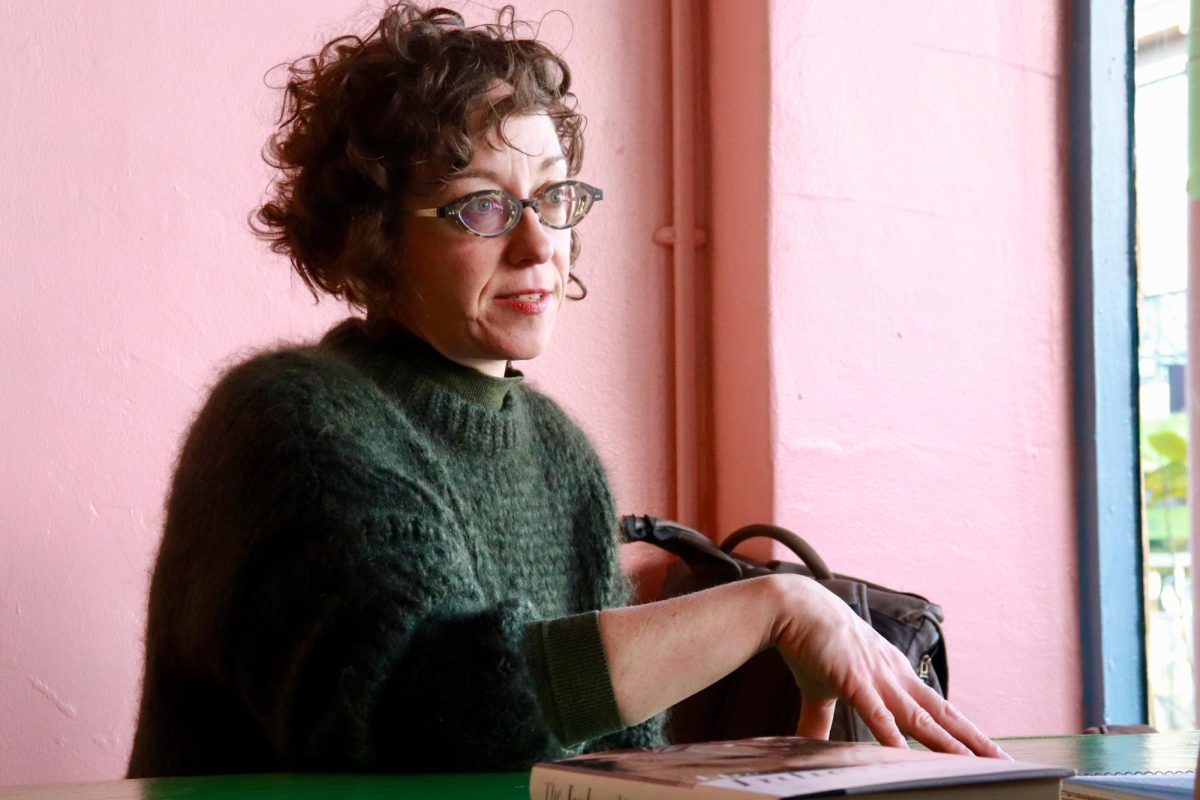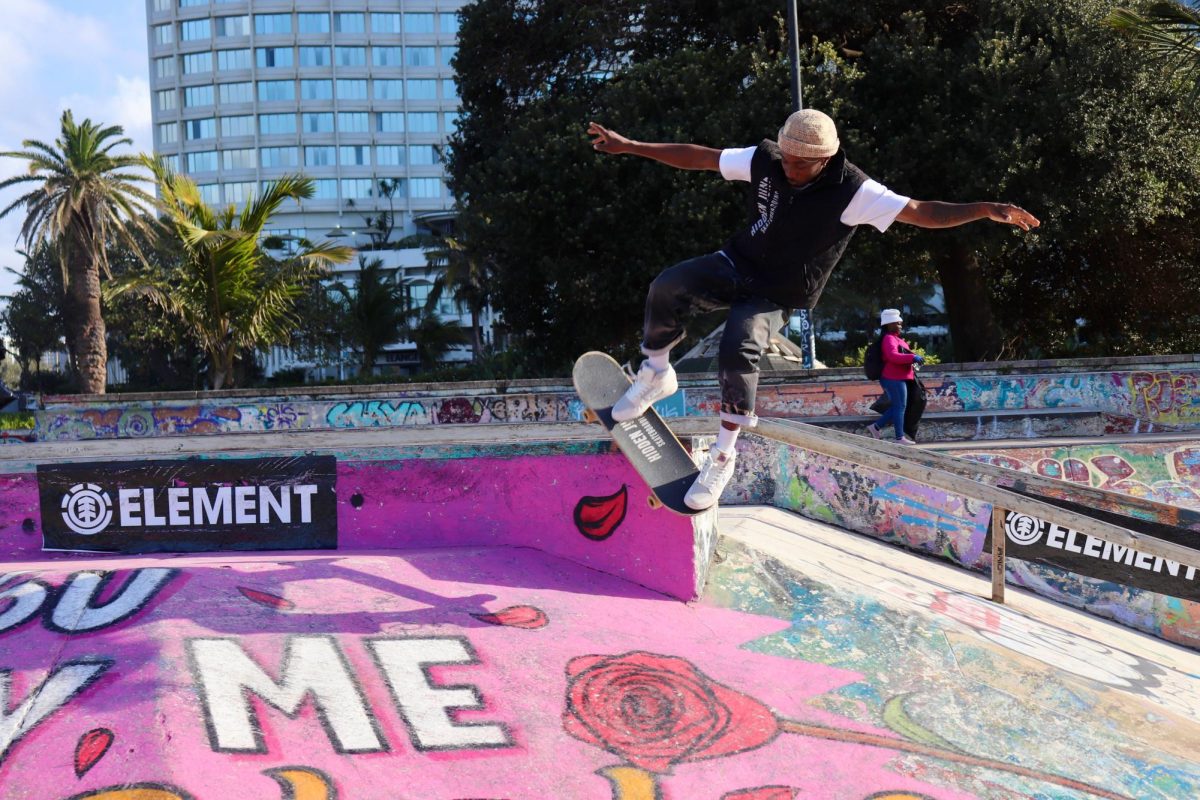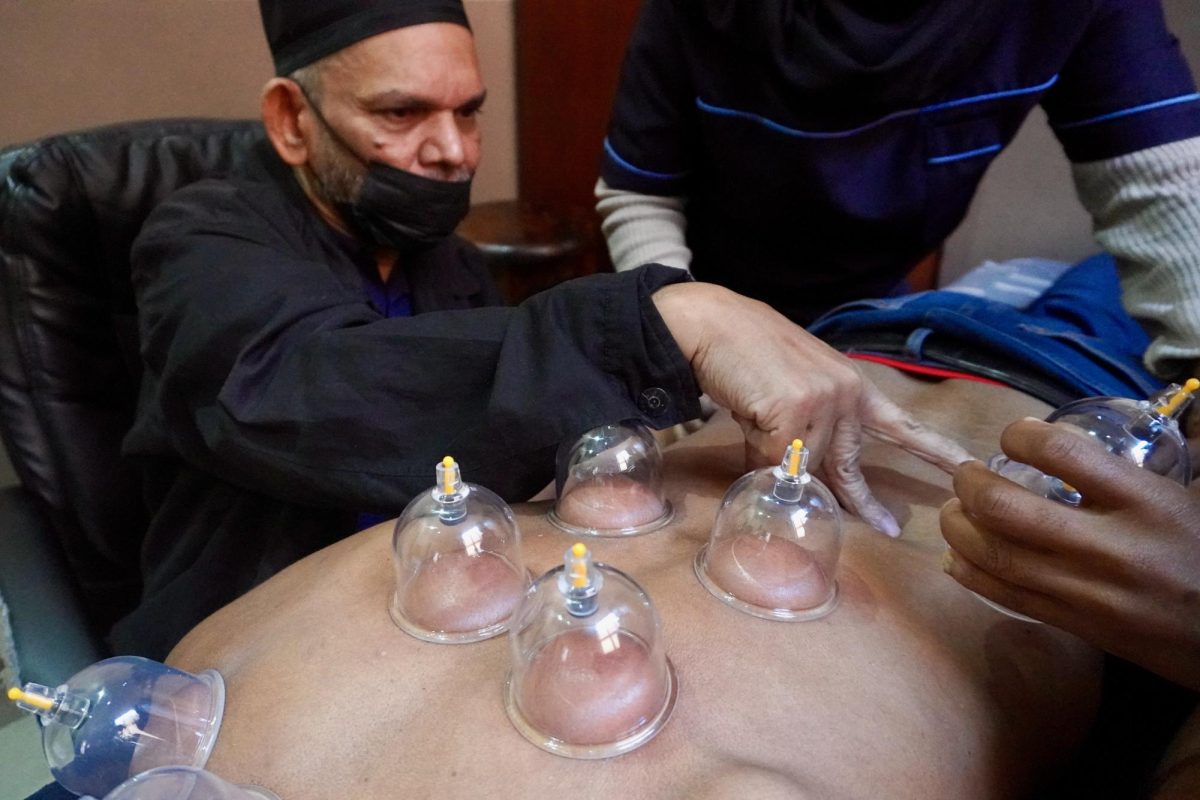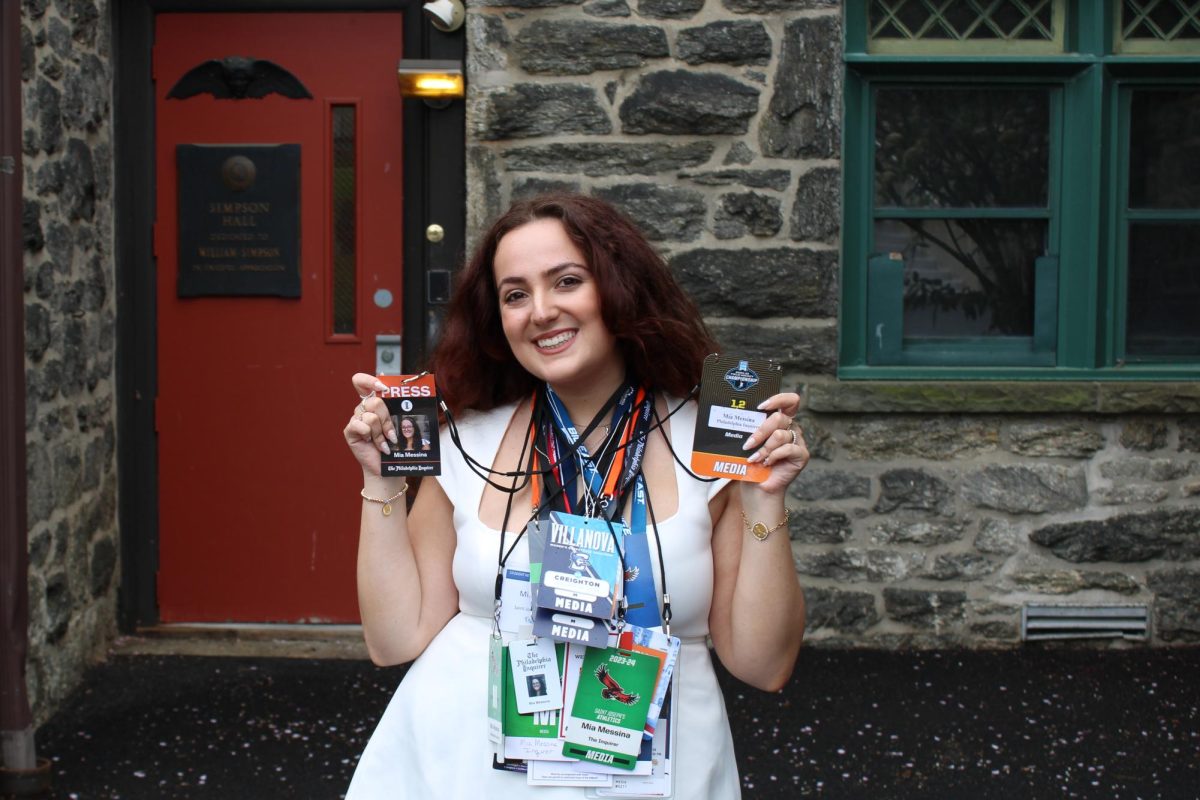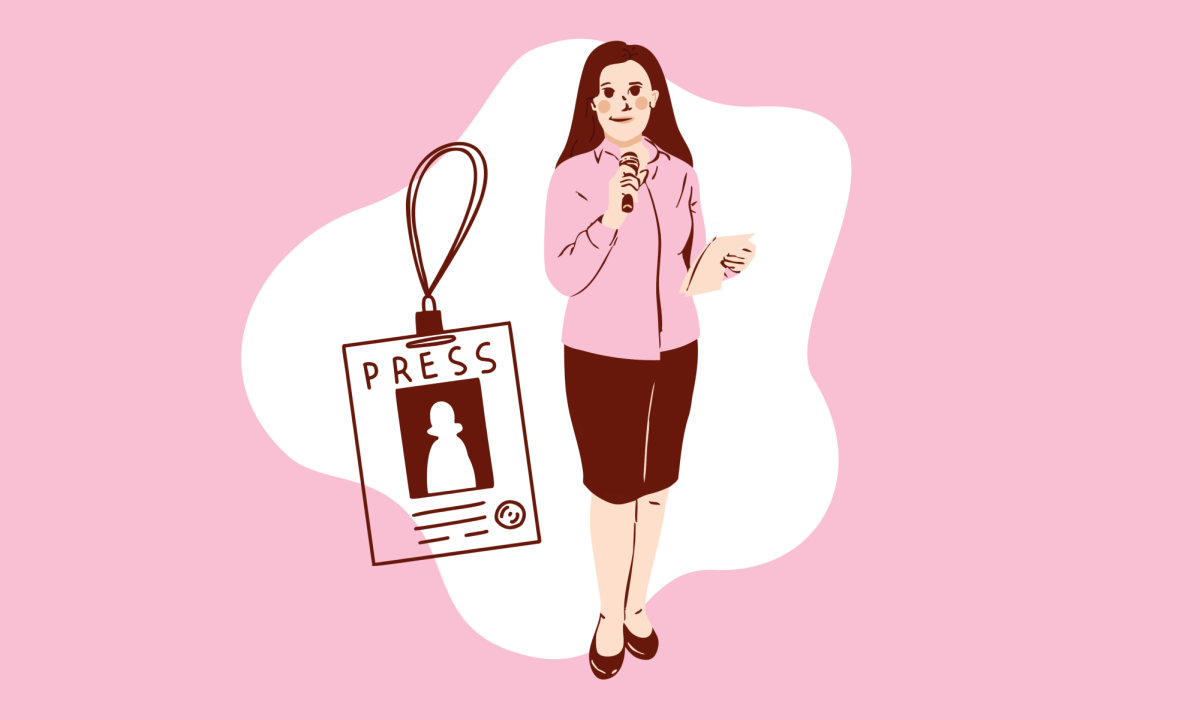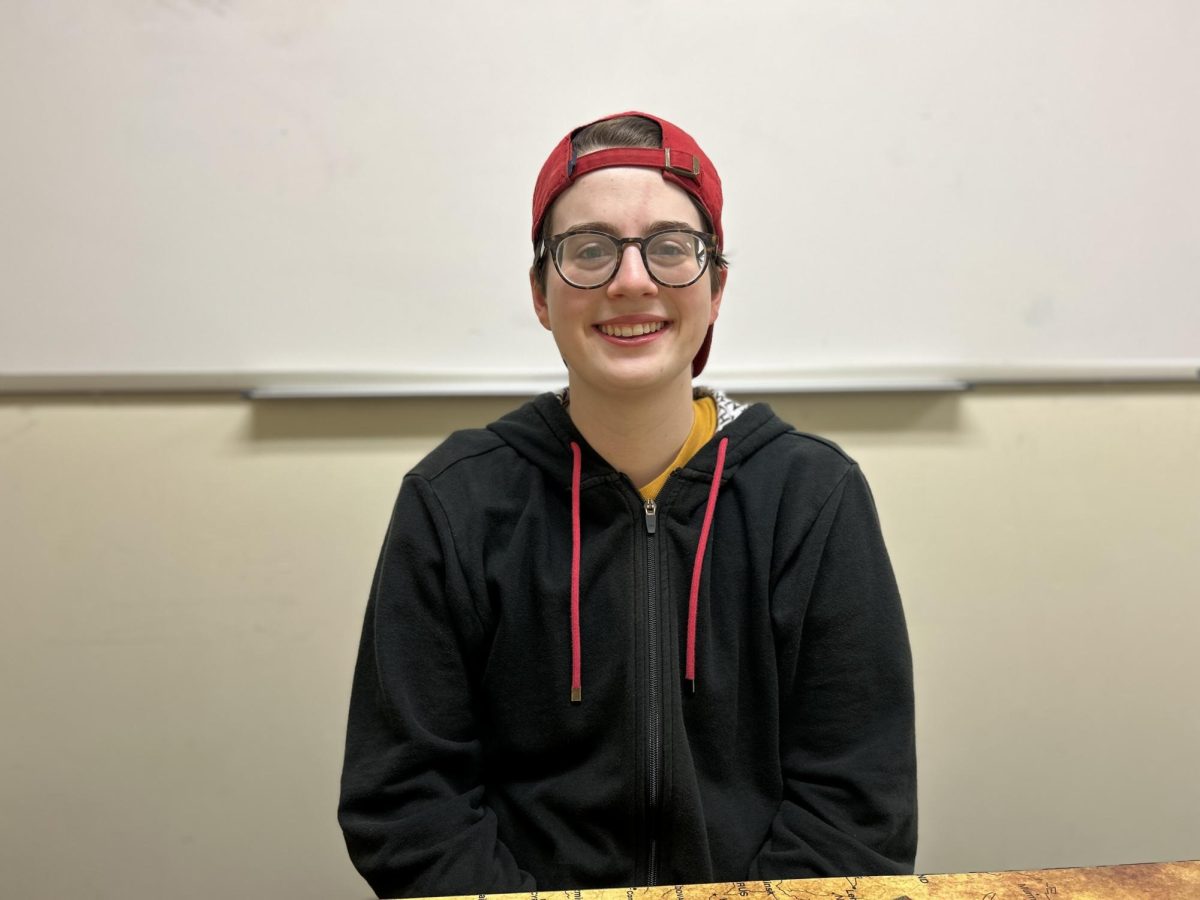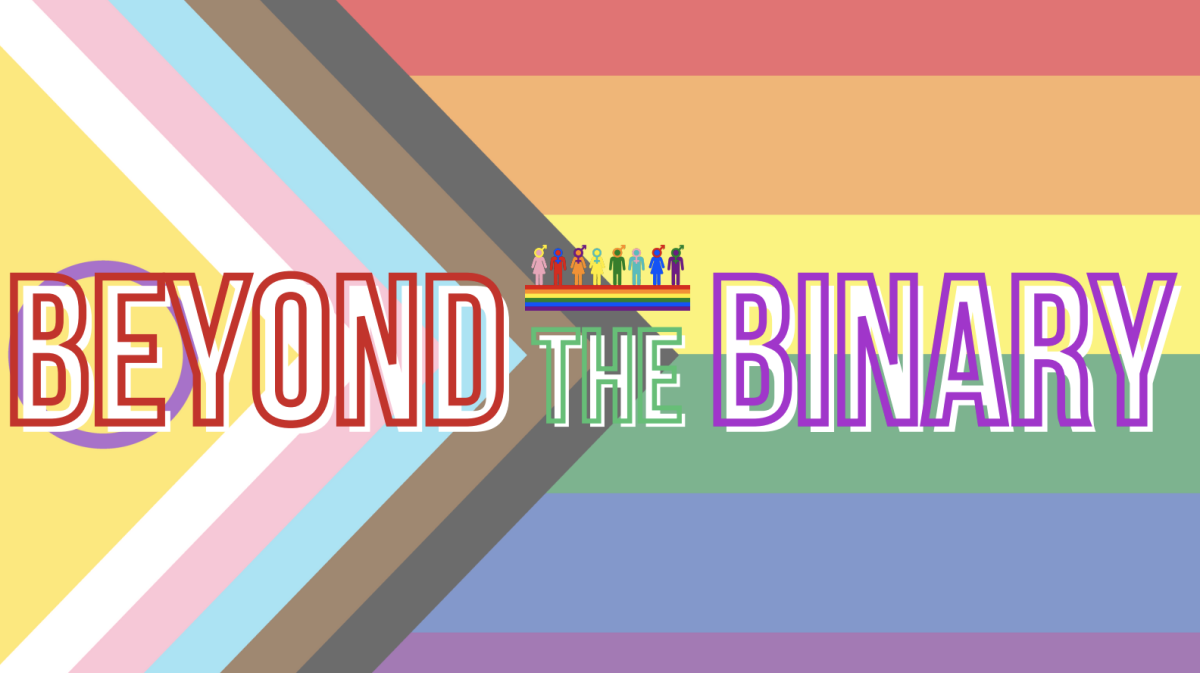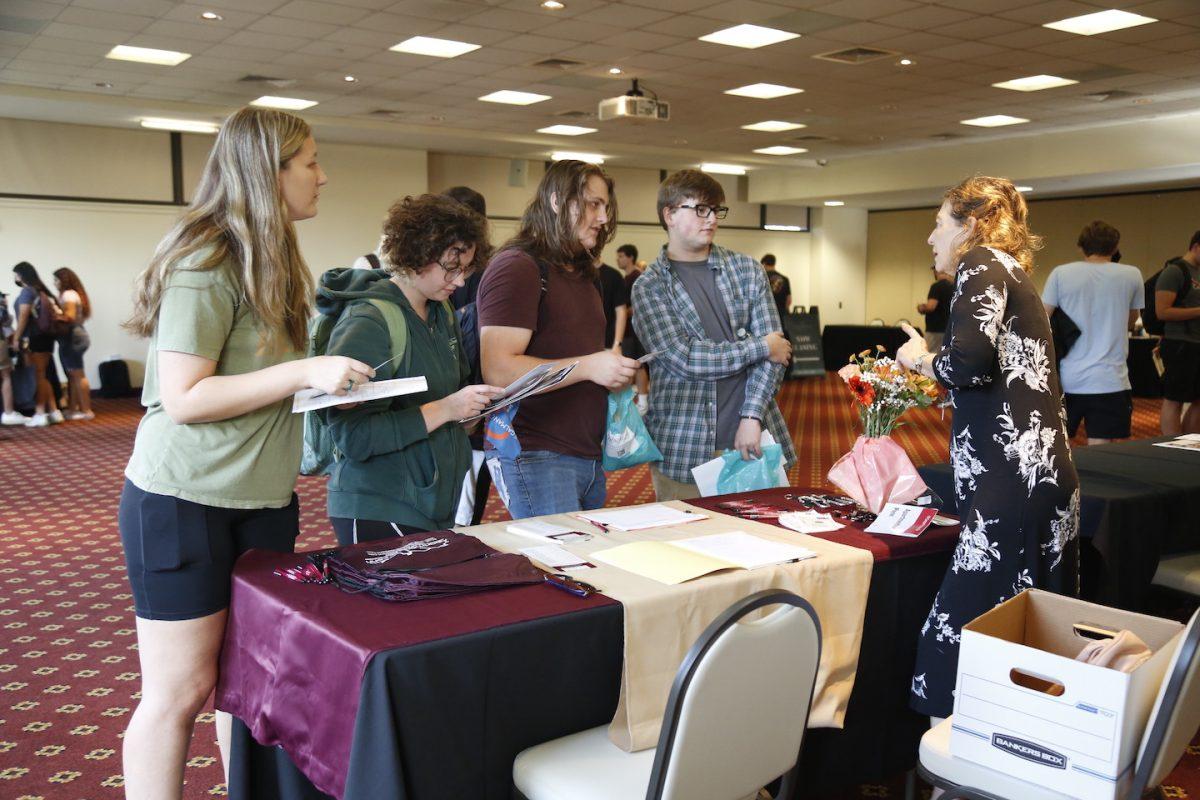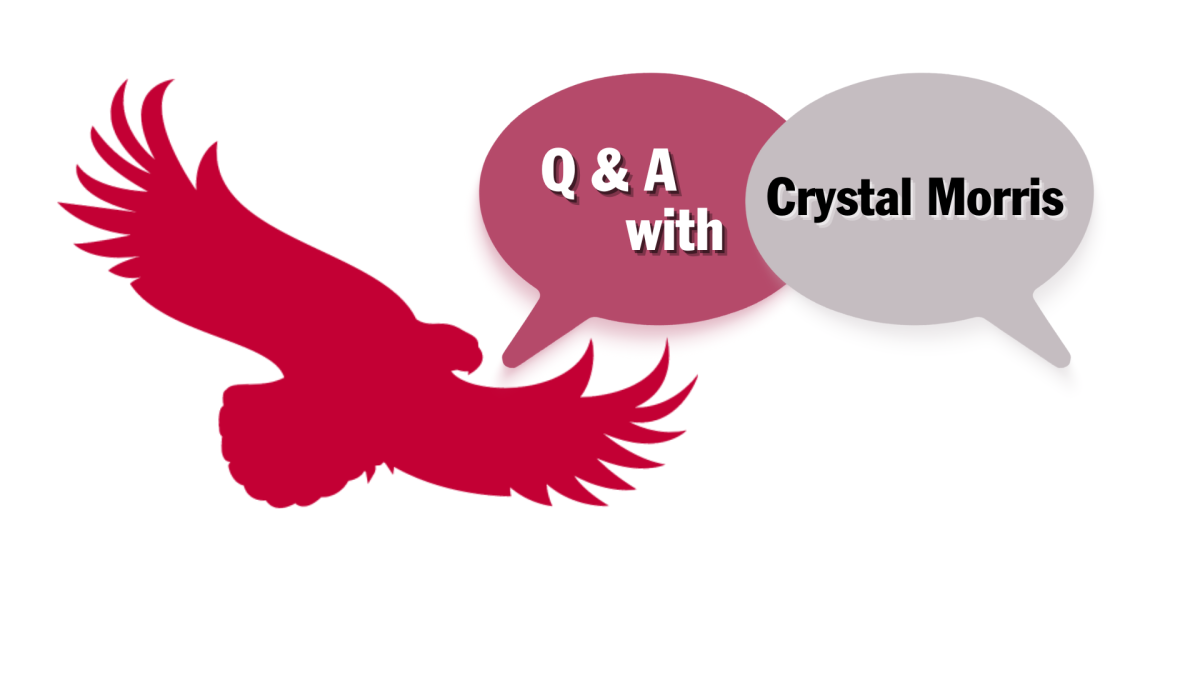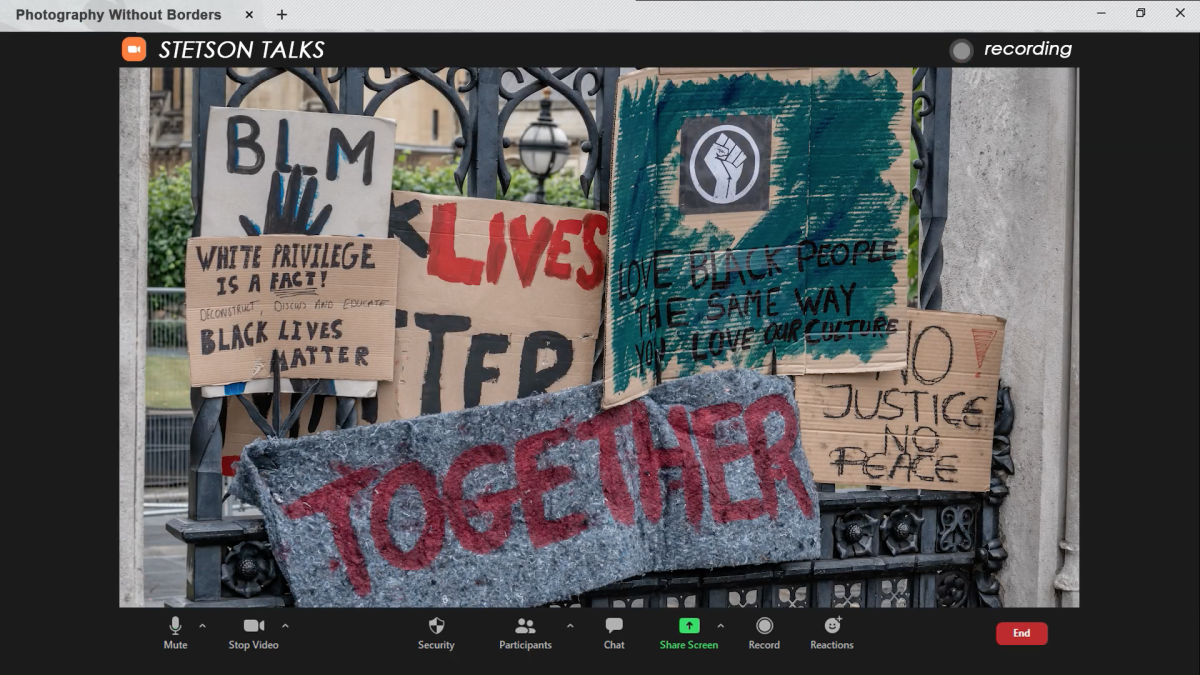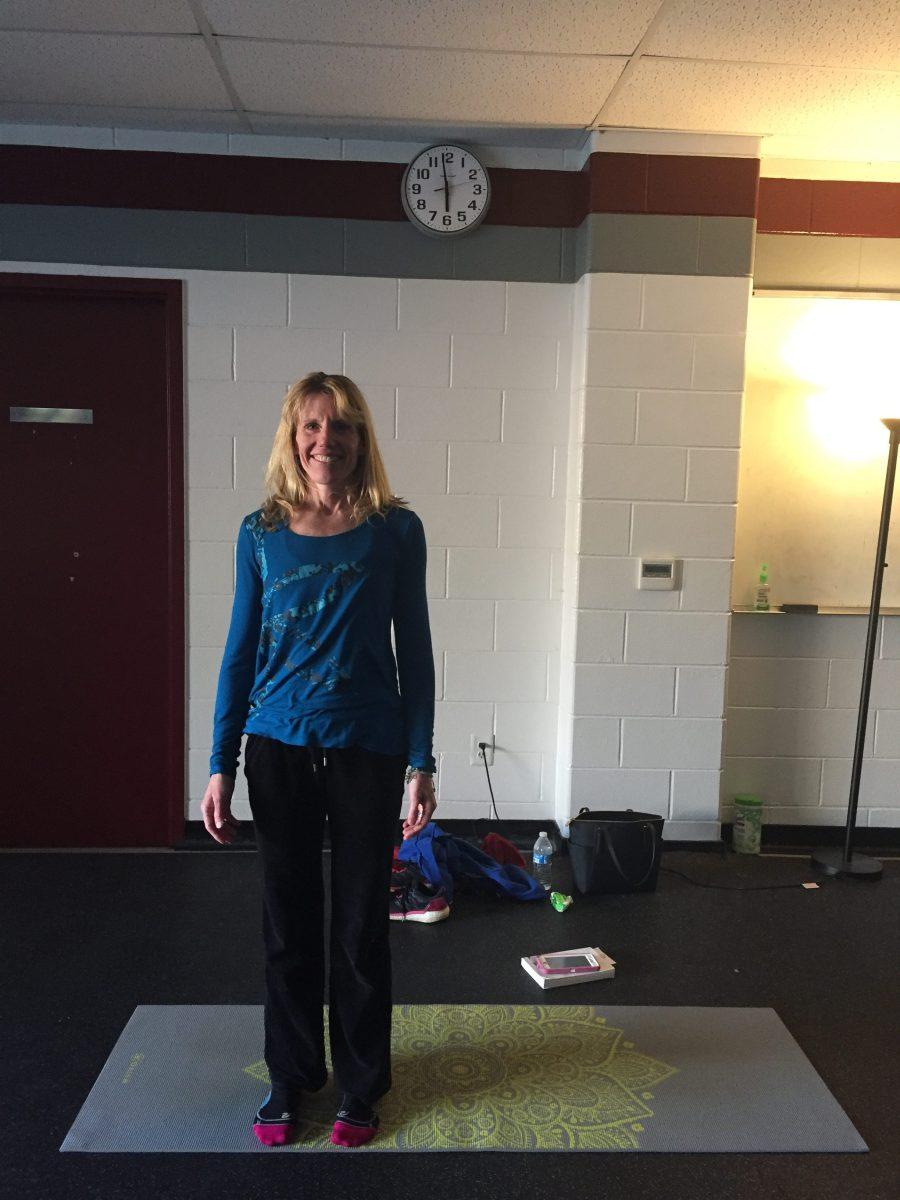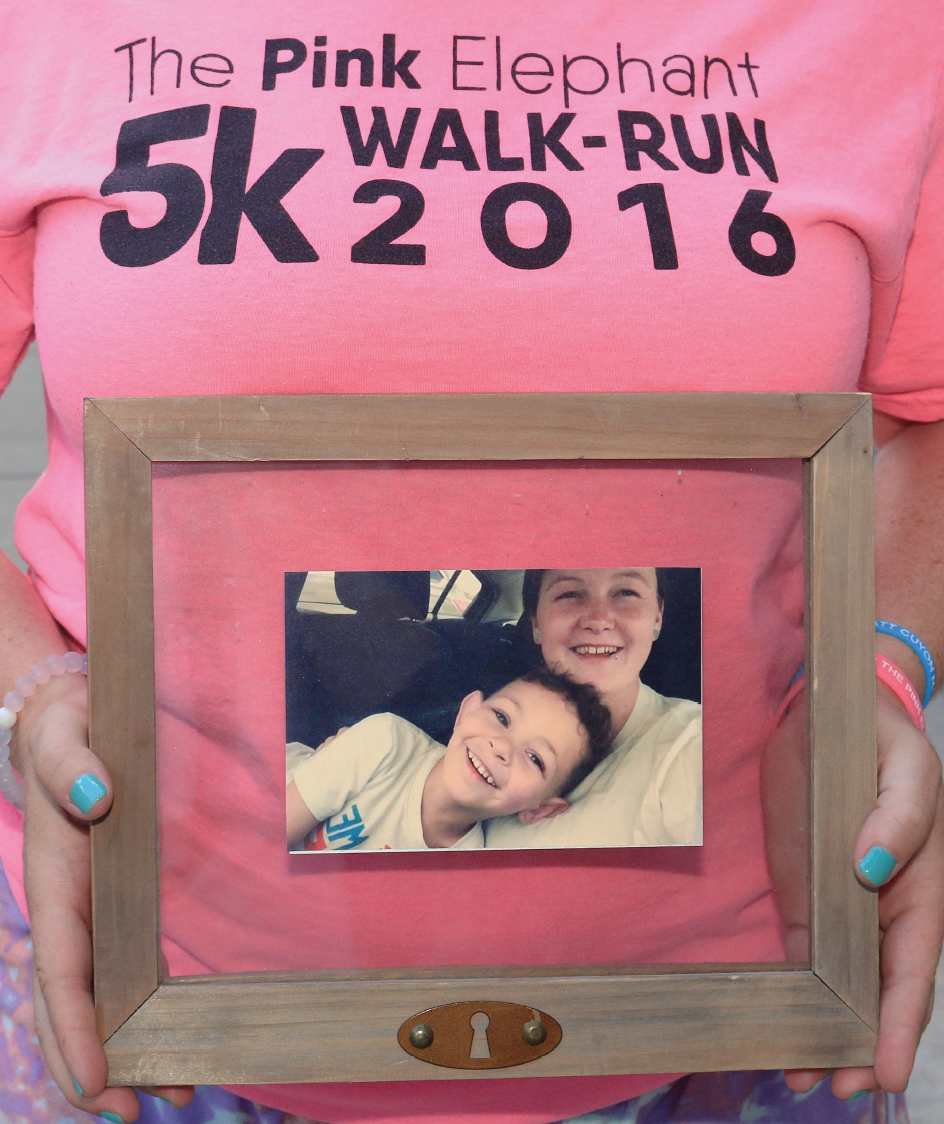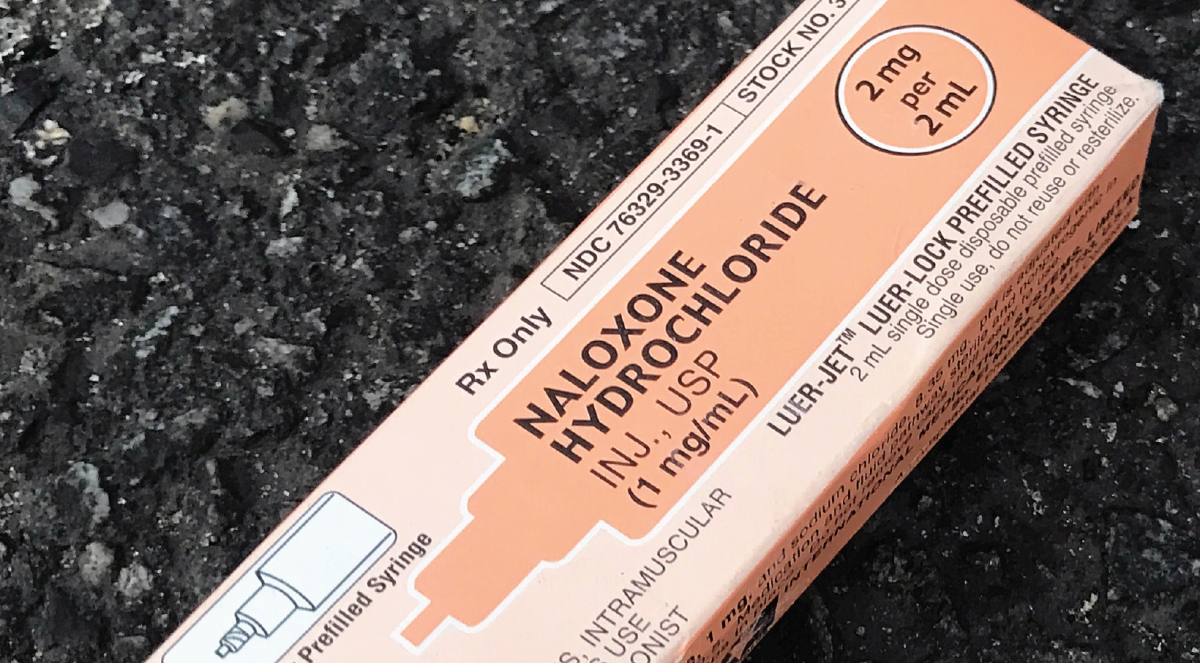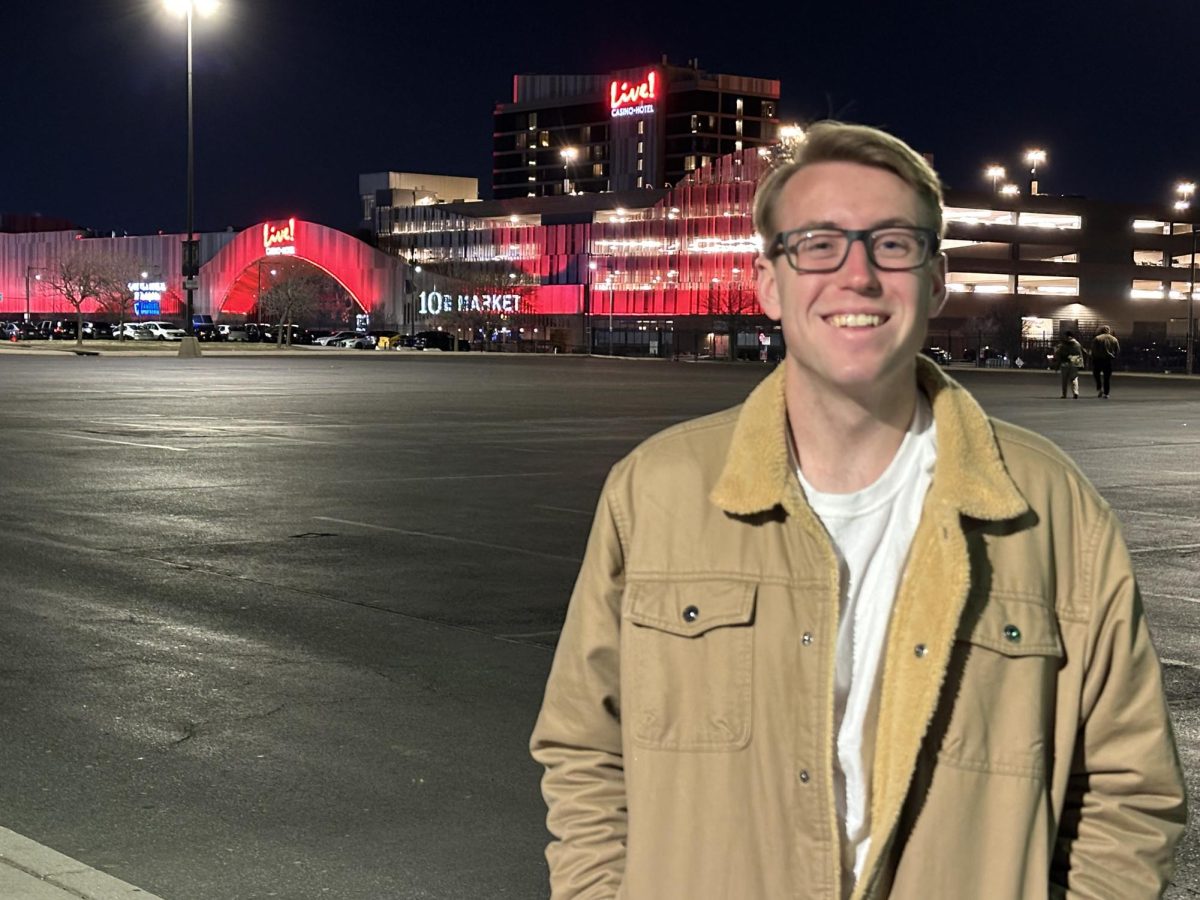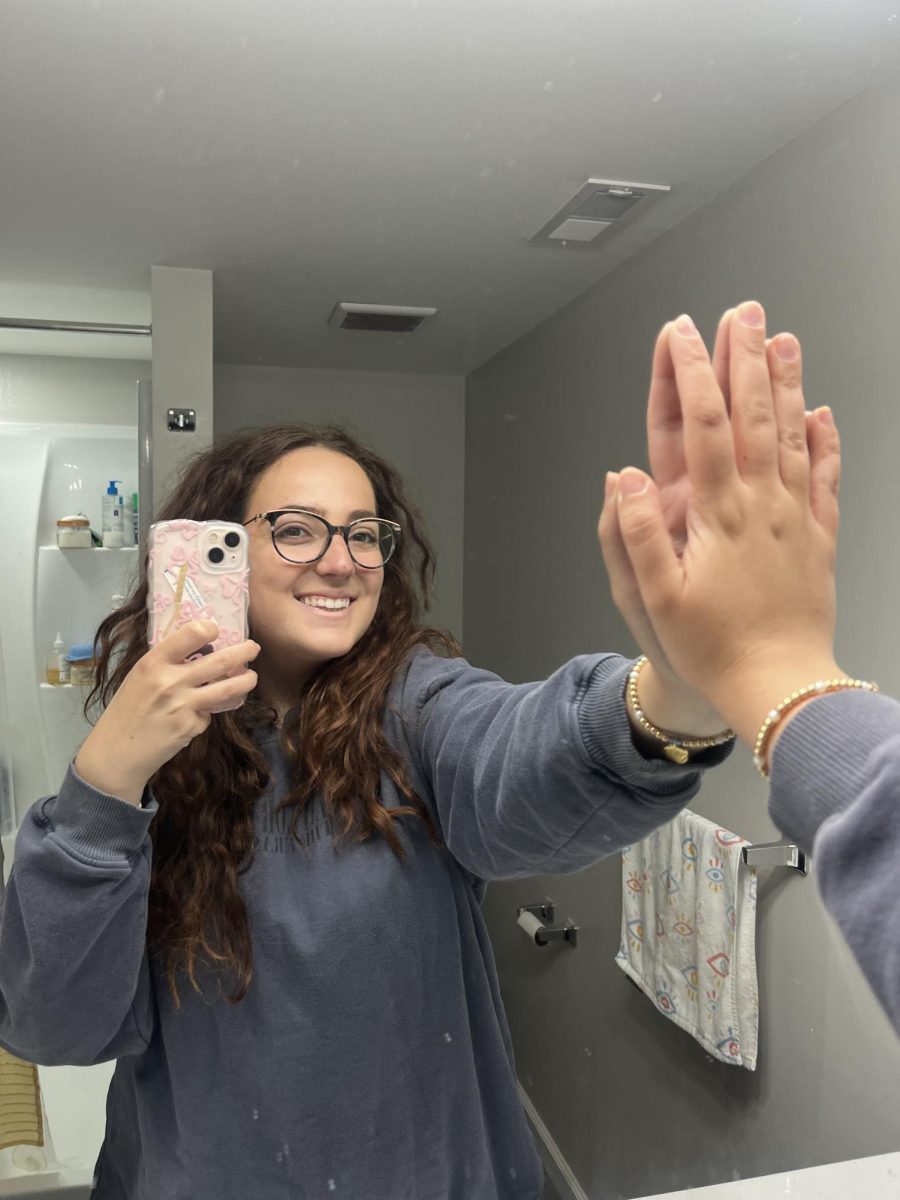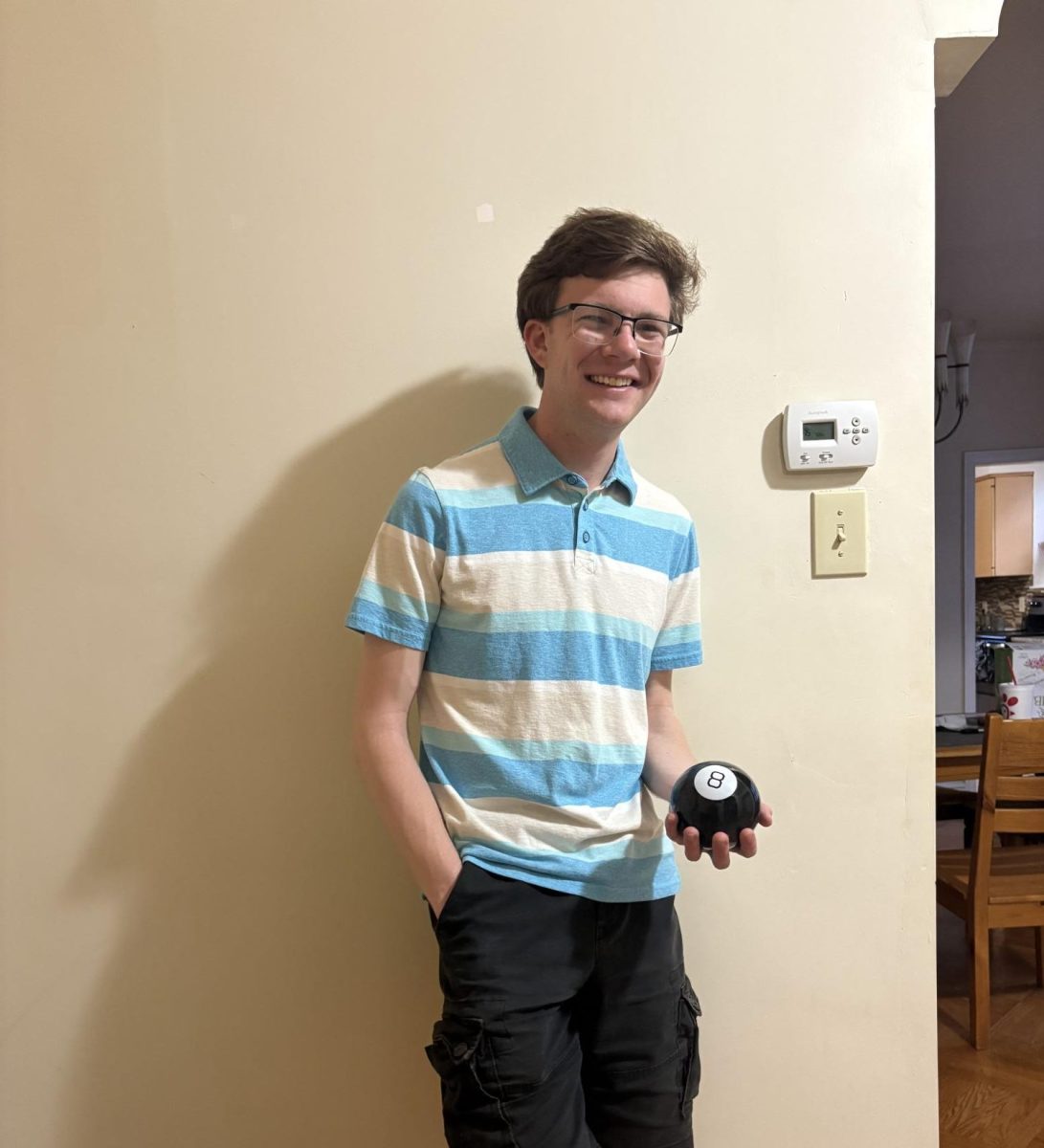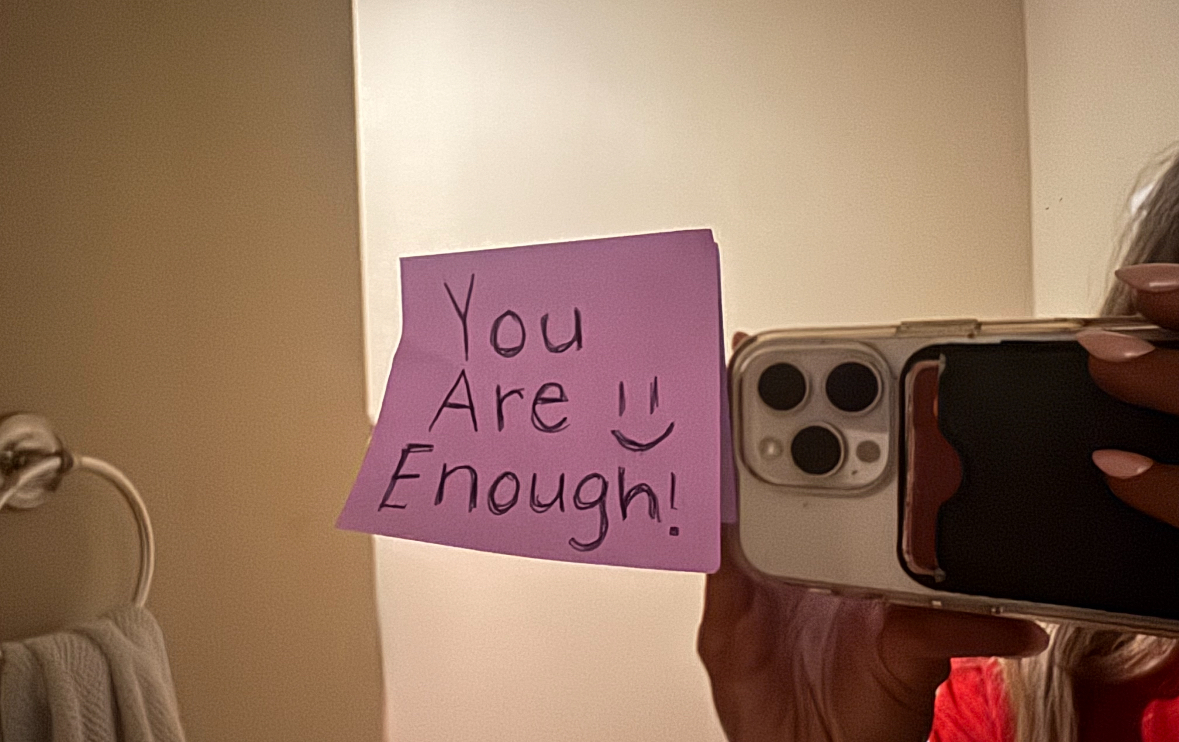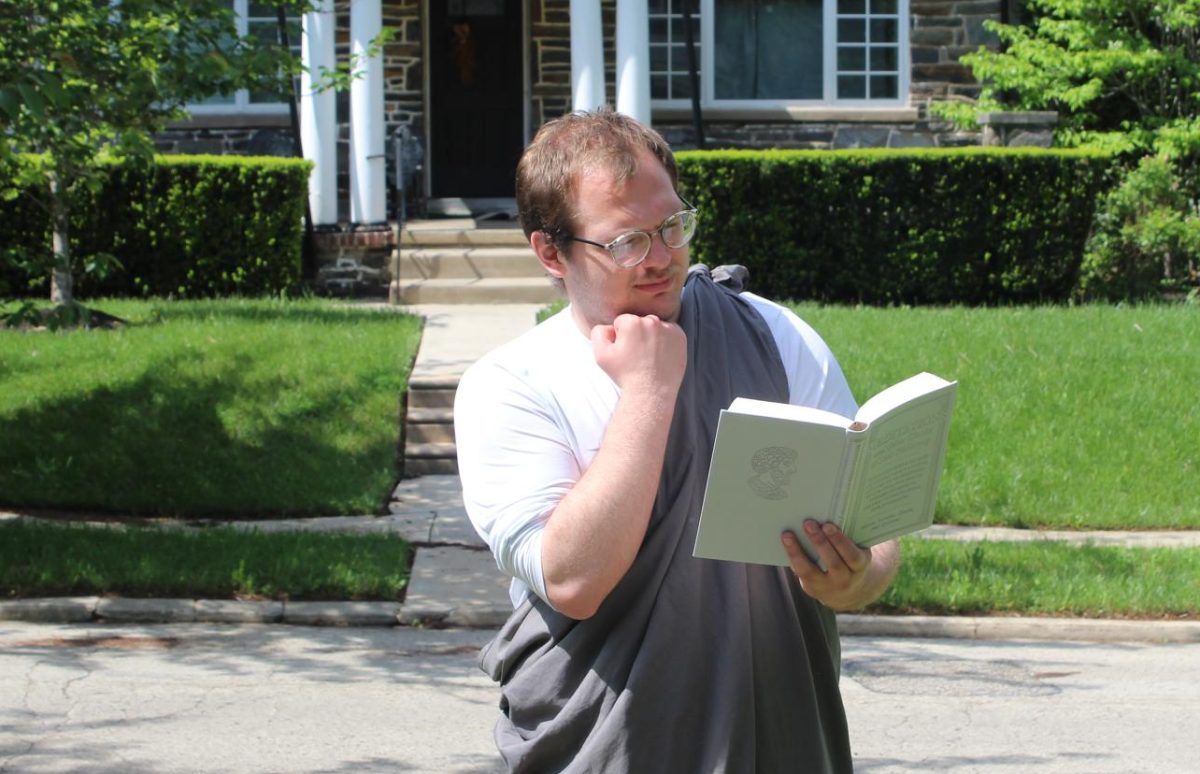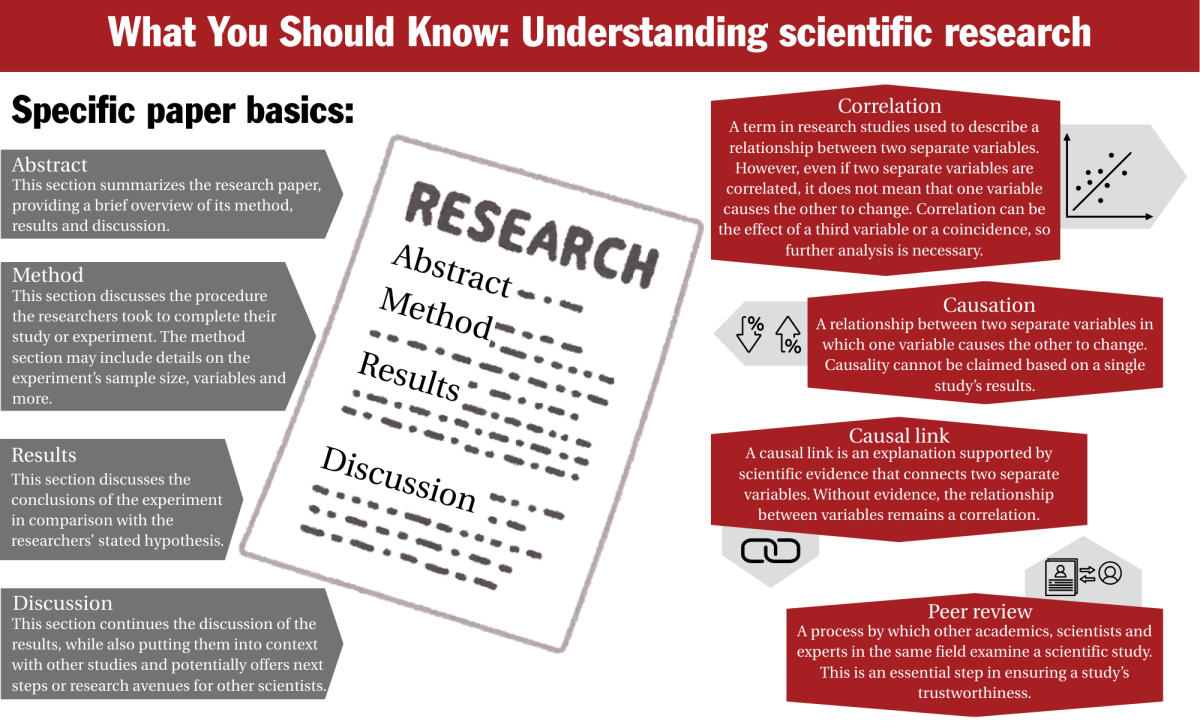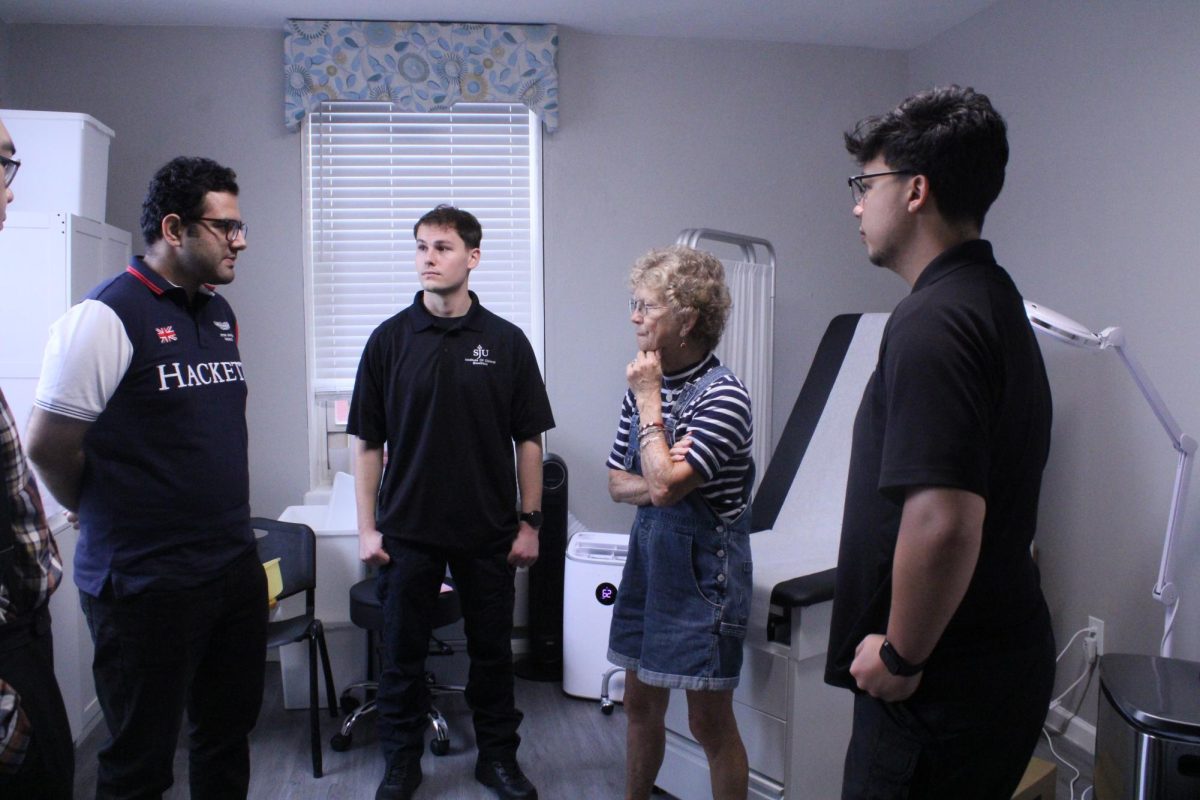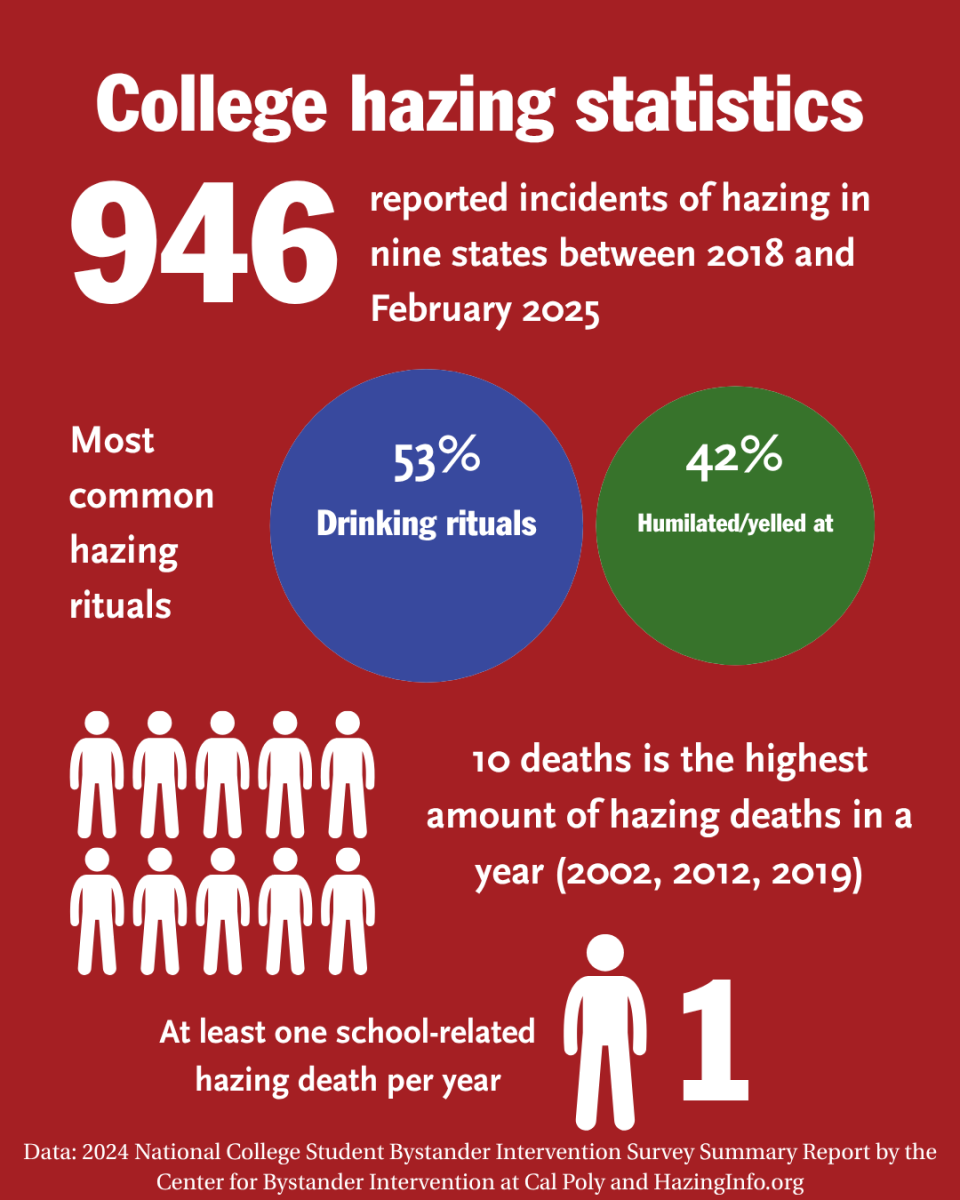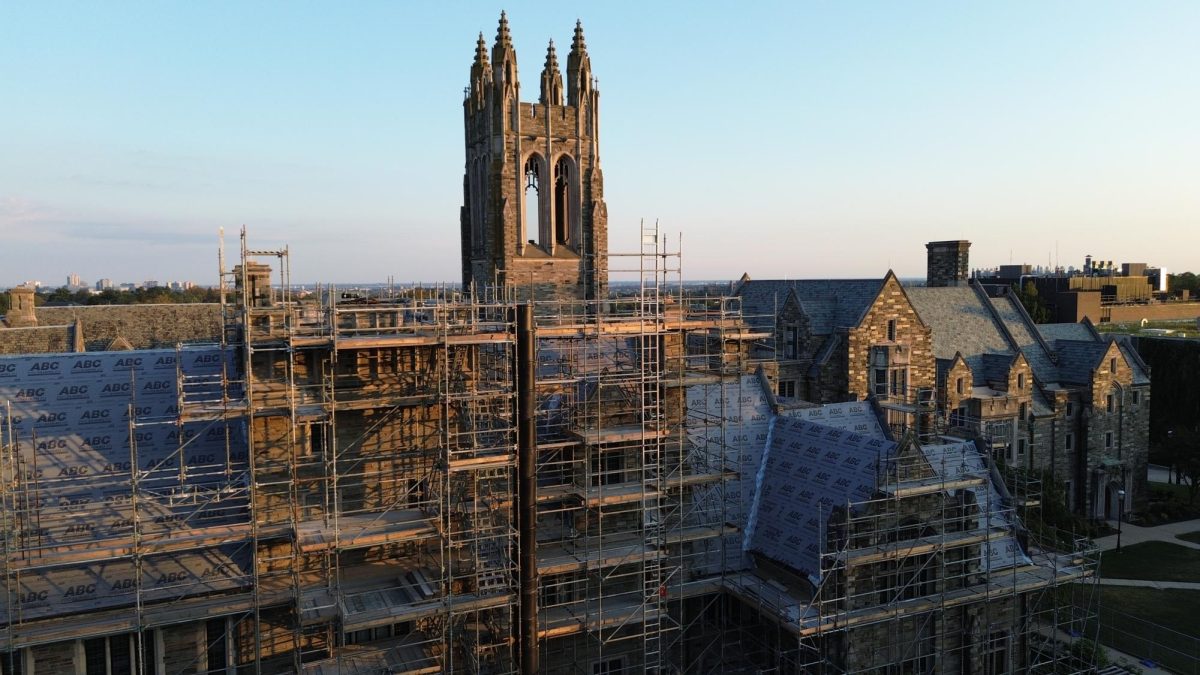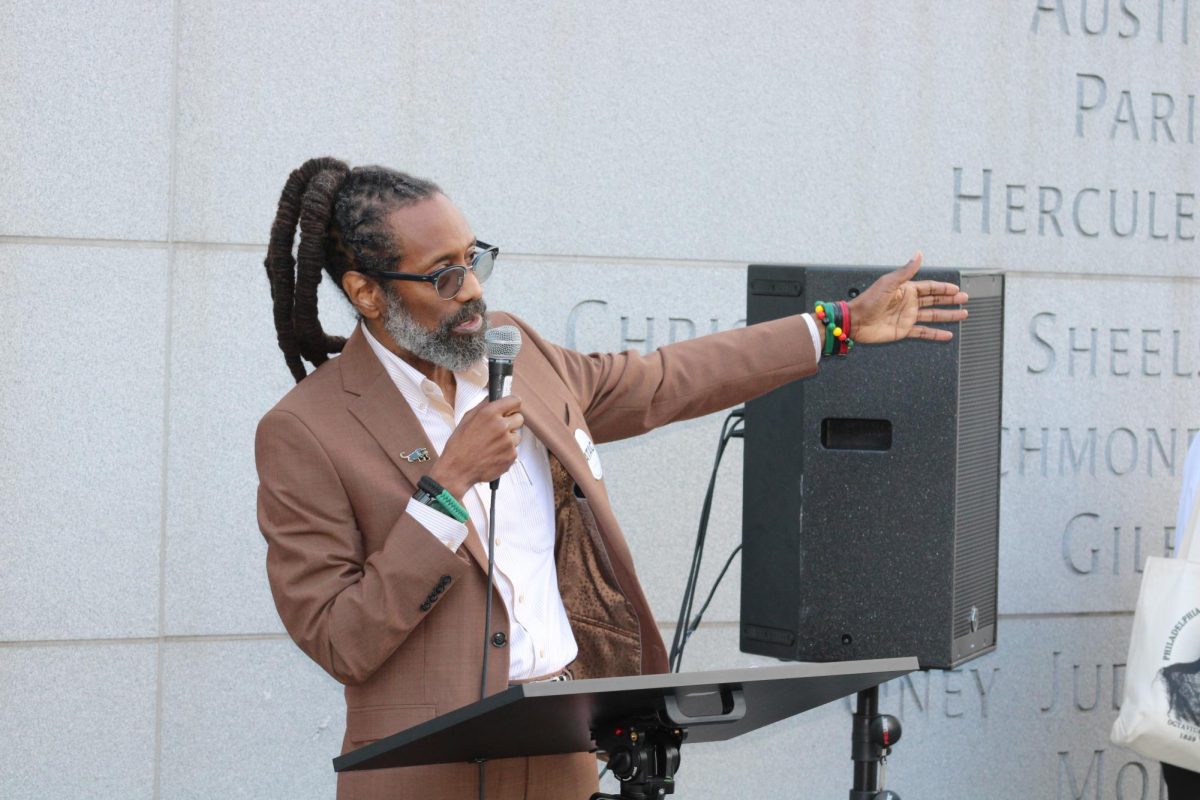The Philadelphia Center for Gun Violence Reporting brought together journalists, gun violence survivors, public health professionals and advocates for a conference Oct. 2-3 in Center City, Philadelphia, with the aim of reshaping the narrative around gun violence.
About 120 people attended the two-day conference, titled “What Now? Gun Violence Reporting in Unprecedented Times,” which was created in partnership with the Association of Gun Violence Reporters.
The conference included panels, training sessions and workshops designed to equip journalists with tools to report on gun violence with empathy and accuracy — and with the purpose of finding solutions, said Jim MacMillan, founder and director of PCGVR. Of the attendees, roughly 80% registered for the certification portion of the conference.
“We feel as if more journalists report on gun violence prevention through a public health approach that it will eventually lead to gun violence prevention, that it can actually help prevent shootings and save lives,” MacMillan said.
From Jan. 1, 2024, to Oct. 6, 2025, there have been 3,135 shooting incidents, 1,605 shooting victims and 435 homicides in Philadelphia, according to crime statistics released by the Philadelphia Police Department.
Despite such numbers, journalists often struggle to cover gun violence in ways that go beyond headlines, daily crime reports and formulaic and episodic writing. Throughout the conference, speakers urged journalists to engage directly with affected communities, elevate survivor voices and avoid sensationalism.
The certification portion of the conference was developed over the past three years by PCGVR in collaboration with journalism and public health experts. MacMillan credits Jennifer Midberry, associate professor of journalism at Temple University, and Dr. Jessica Beard, director of research for PCGVR, trauma surgeon and associate professor of surgery in the Lewis Katz School of Medicine at Temple University, for creating a structured and evidence-informed curriculum.
MacMillan said the certification provides journalists with a tangible credential that can be added to resumes and portfolios — and, organizers hope, a deeper commitment to public health-informed reporting.
“[This certification] helps us track the number of people that we have certified in reporting on gun violence prevention,” MacMillan said. “That helps us with grant reports and grant applications to continue to sustain the organization, to develop our work, including developing the curriculum to hold more trainings.”
‘Be your own advocate’
A screening of the 25-minute documentary “The Second Trauma” took place during the first day of the conference. The film explores the effects of news coverage on individuals who have been affected by gun violence.
The documentary profiles three Philadelphia residents: Oronde McClain, director of The Survivor Connection at PCGVR, who was shot in the back of the head at age 10; Angela Wade, whose son, Joseph Emanuel Daniels III, was shot and killed in Philadelphia; and Armond James, whose brother, Anrae James, was shot and killed while working a shift at Thomas Jefferson University Hospital.
The film centers on their interactions with local news coverage in the aftermath of those traumatic events. It explores how survivors often feel misrepresented, ignored or retraumatized by the way stories are reported, particularly when journalists focus solely on crime scenes or victims’ criminal records rather than the human impact.
Following the screening, the conference hosted a panel discussion moderated by Tamara Cherry, journalist and founder of Pickup Communications. McClain, Wade and James were joined by Yvonne Latty, journalism education advisor for PCGVR and professor of practice in the Lew Klein College of Media and Communication at Temple University.
McClain, now 35, reflected on the ongoing pressure he faces to speak publicly whenever shootings occur in Philadelphia.
“I’m 35, and I got shot 25 years ago … you just want to compare our stories, and I don’t think that’s fair,” McClain said.
The panel highlighted a central message of the conference: Coverage of gun violence should involve collaboration with those most directly impacted and must be approached with care, accuracy and empathy. Panelists encouraged attendees to build relationships with survivors, follow up on stories, and think critically about the language and framing used in their reporting.
Both McClain and Wade also reminded those who feel misrepresented or harmed by media coverage to “go to the source,” as McClain said, by reaching out via email or phone.
Wade echoed this sentiment during the panel, encouraging others to speak up for themselves and their families.
“You gotta be your own advocate,” Wade said.
Expanding the conversation
While journalists were the primary audience, the event welcomed students and professionals as well.
Christopher Oluwole, who works for the Office of the District Attorney in Philadelphia, emphasized the importance of grounding advocacy in real community experience.
“If you’re going to be in this line of work where you’re going to be advocating or speaking on behalf or sharing perspectives from the community affected by gun violence, just make that sure you’re collaborating with people that have lived experience and that have gone through what you’re actively trying to speak about,” Oluwole said.
Erica Tricarico, managing editor for the Association of Health Care Journalists, said she attended the conference in hopes of bringing back new insights and potential story ideas for AHCJ’s reporters and editorial team.
“One key takeaway is the need for journalists to be trauma-responsive, not just trauma-informed, when reporting on firearm violence,” Tricarico wrote in an email to The Hawk. “Also, hearing from survivors, family members of victims, clinicians and fellow journalists reinforced how crucial it is to bring diverse voices to the table to cover this topic with empathy, accuracy and clarity.”
Throughout the conference, panelists, facilitators and attendees issued a shared call to action: improve how gun violence is reported — not only for the sake of accuracy but also to reduce harm and support healing.
The conference also emphasized that the public also plays a role in shaping media narratives.
“Readers don’t understand the power they have over the media … if something is not working, you tell them,” Latty said.
James said ultimately what is needed is a more human-centered approach to journalistic storytelling on gun violence.
“Be more humanistic to each other,” James advised the audience. “Somebody is going through some tragedy, something every single day.”
This is the first story in a series by Cara Santilli ’24, M.A. ’26, about social issues affecting the Philadelphia community, how the media reports on those issues and what the community can do to help.
Members of the St. Joe’s community seeking support are encouraged to contact the following resources:
Counseling and Psychological Services (CAPS), 610-660-1090
Campus Ministry, 610-660-1030
The Office of Student Outreach & Support, 610-660-1149
The Jesuit community, 610-660-1400
Employee Assistance Program, 866-799-2728
